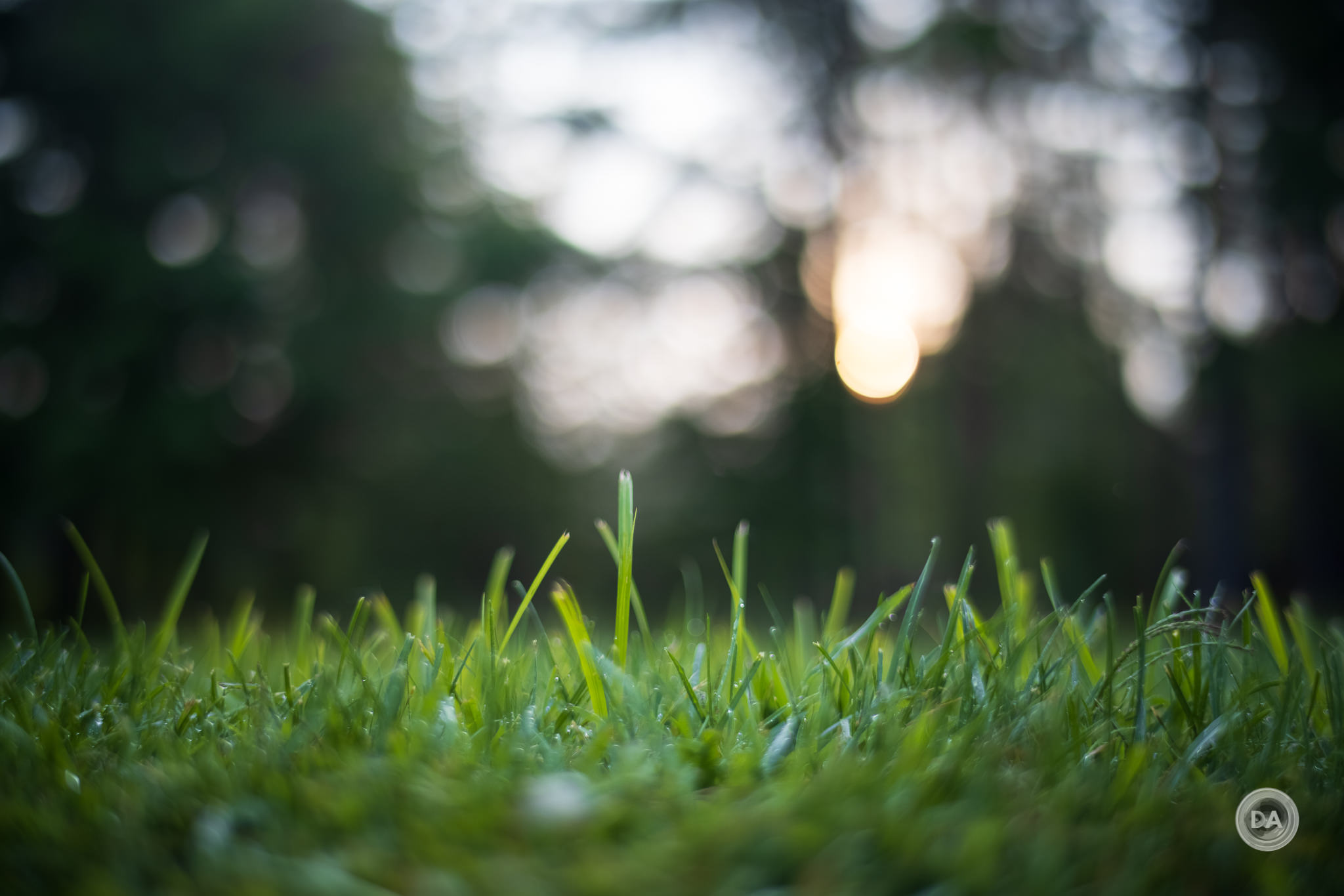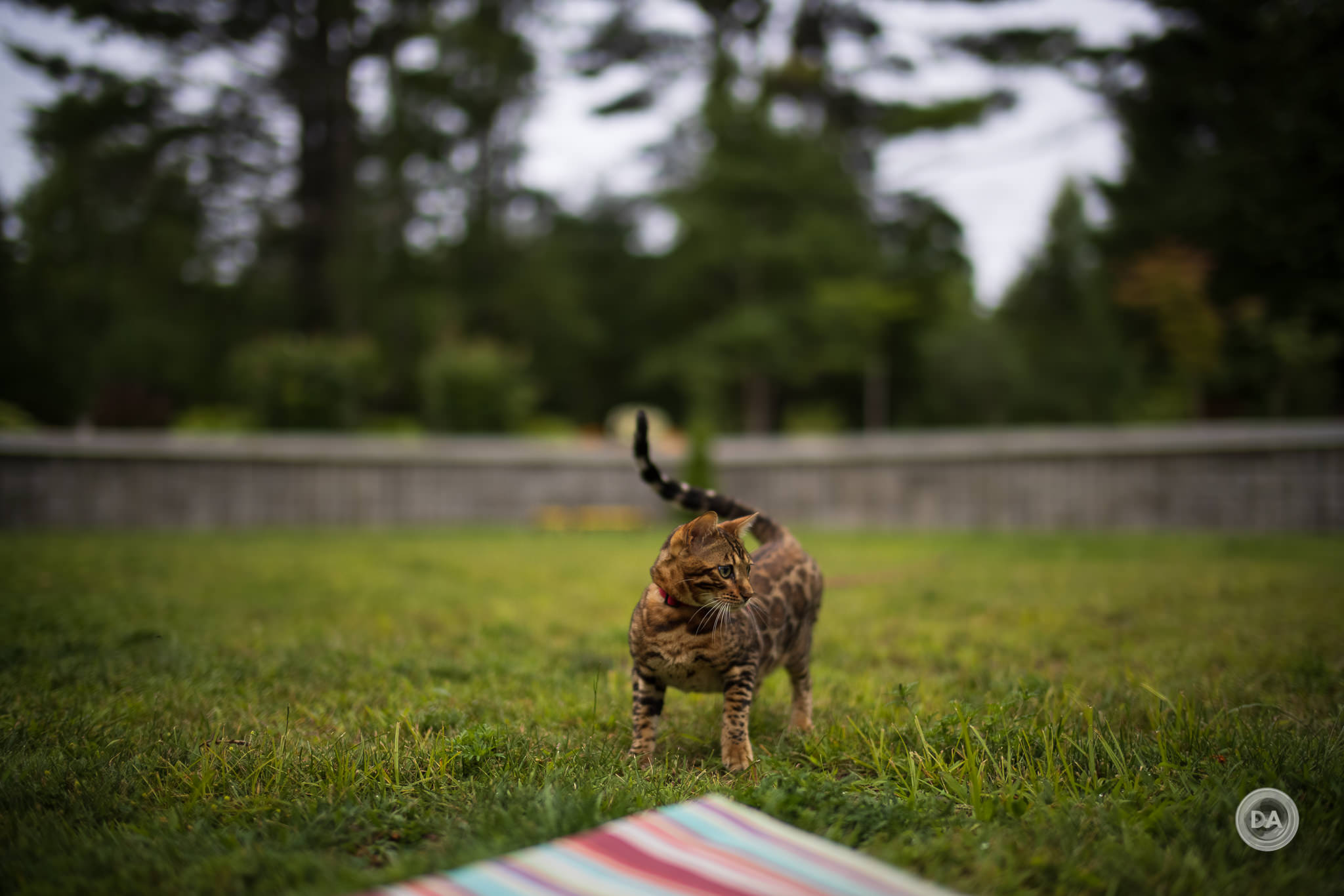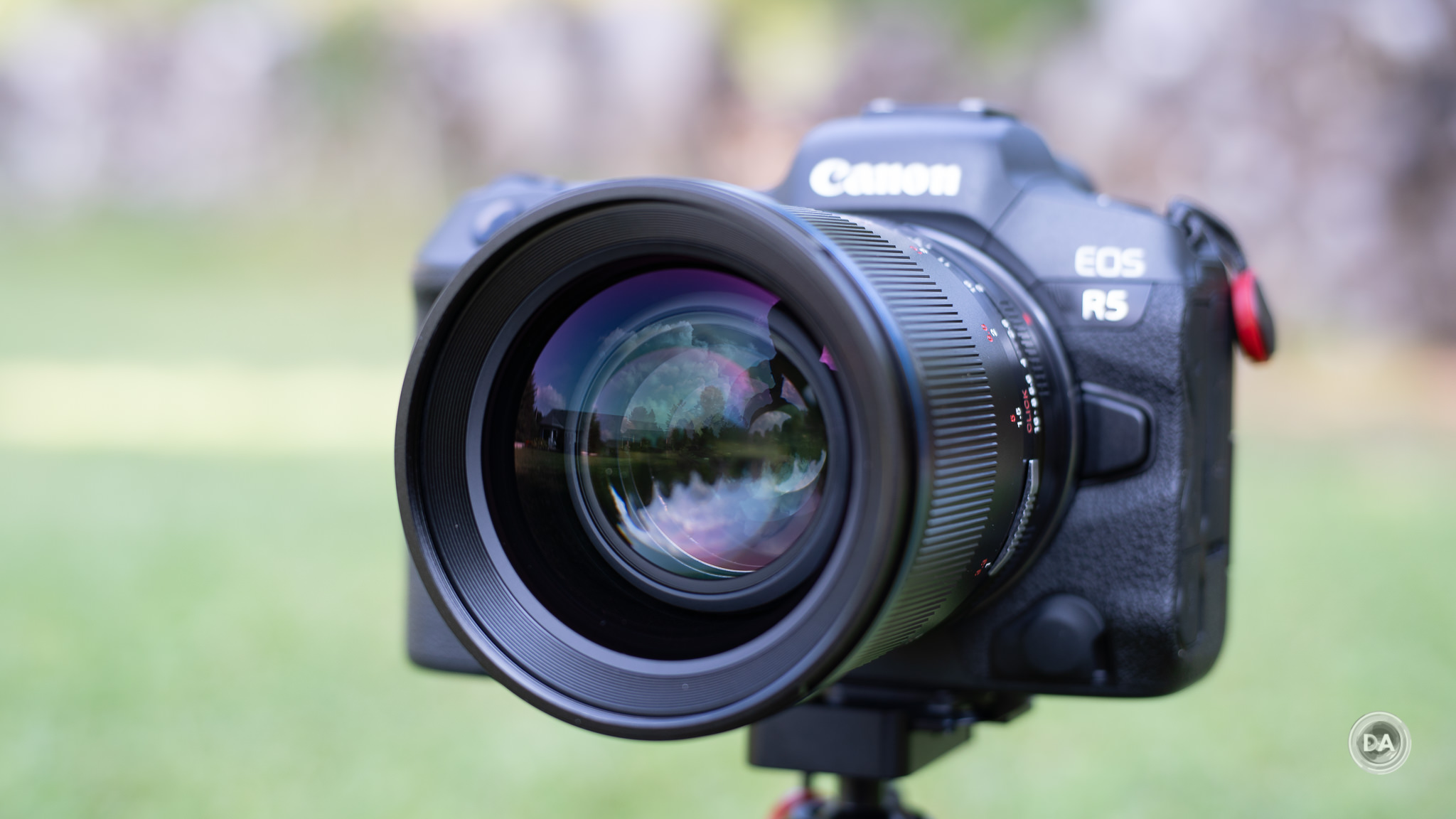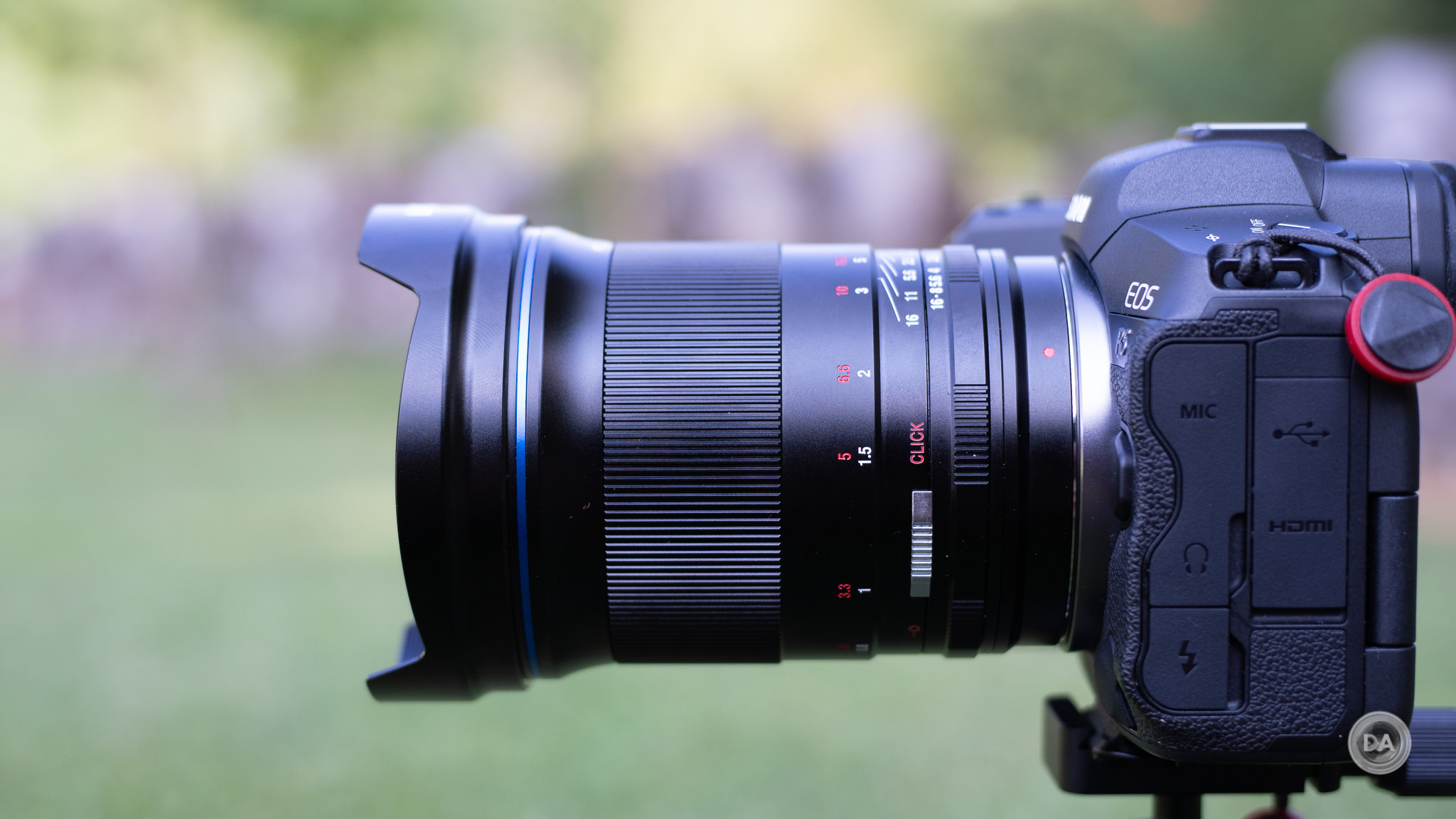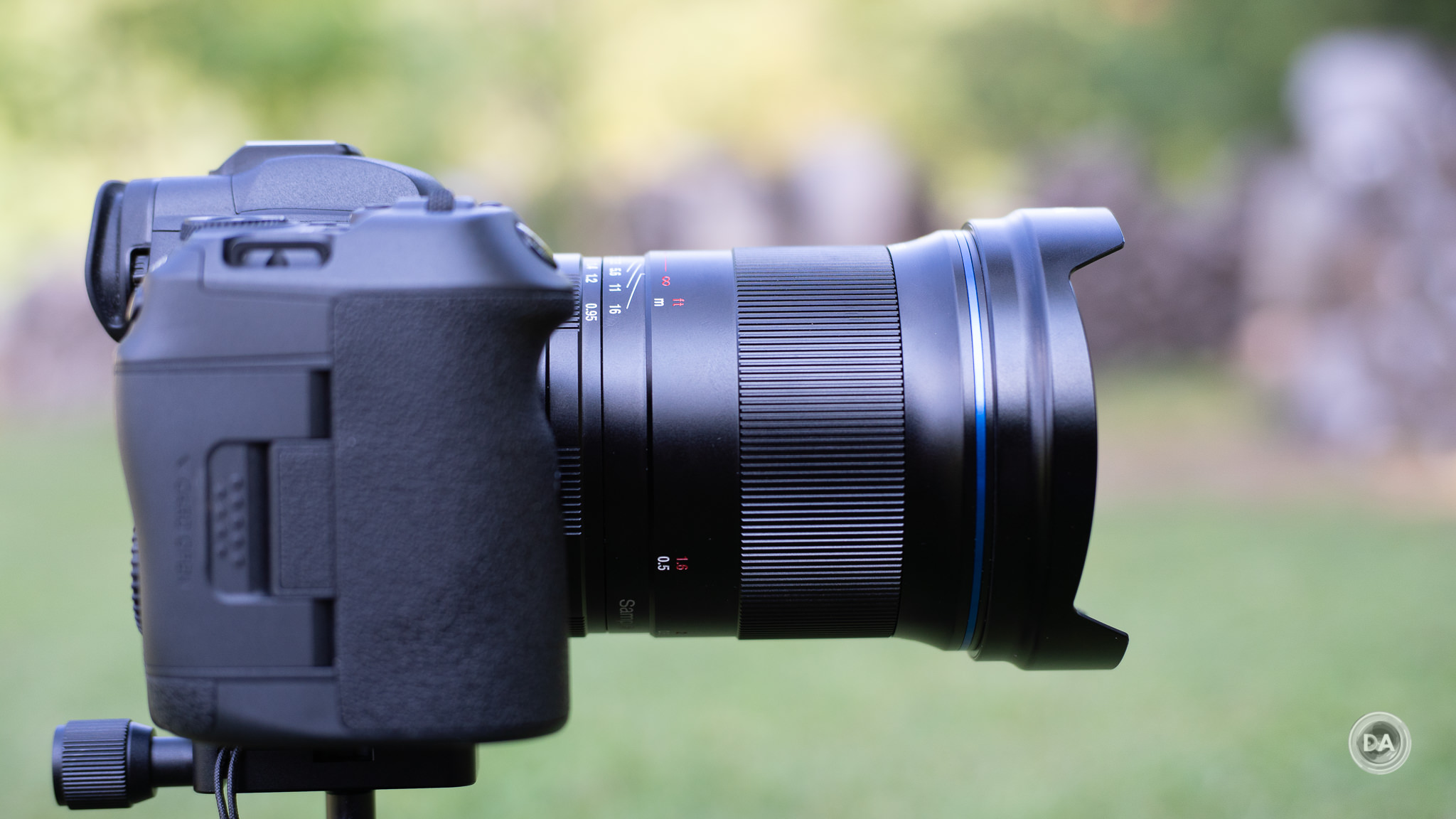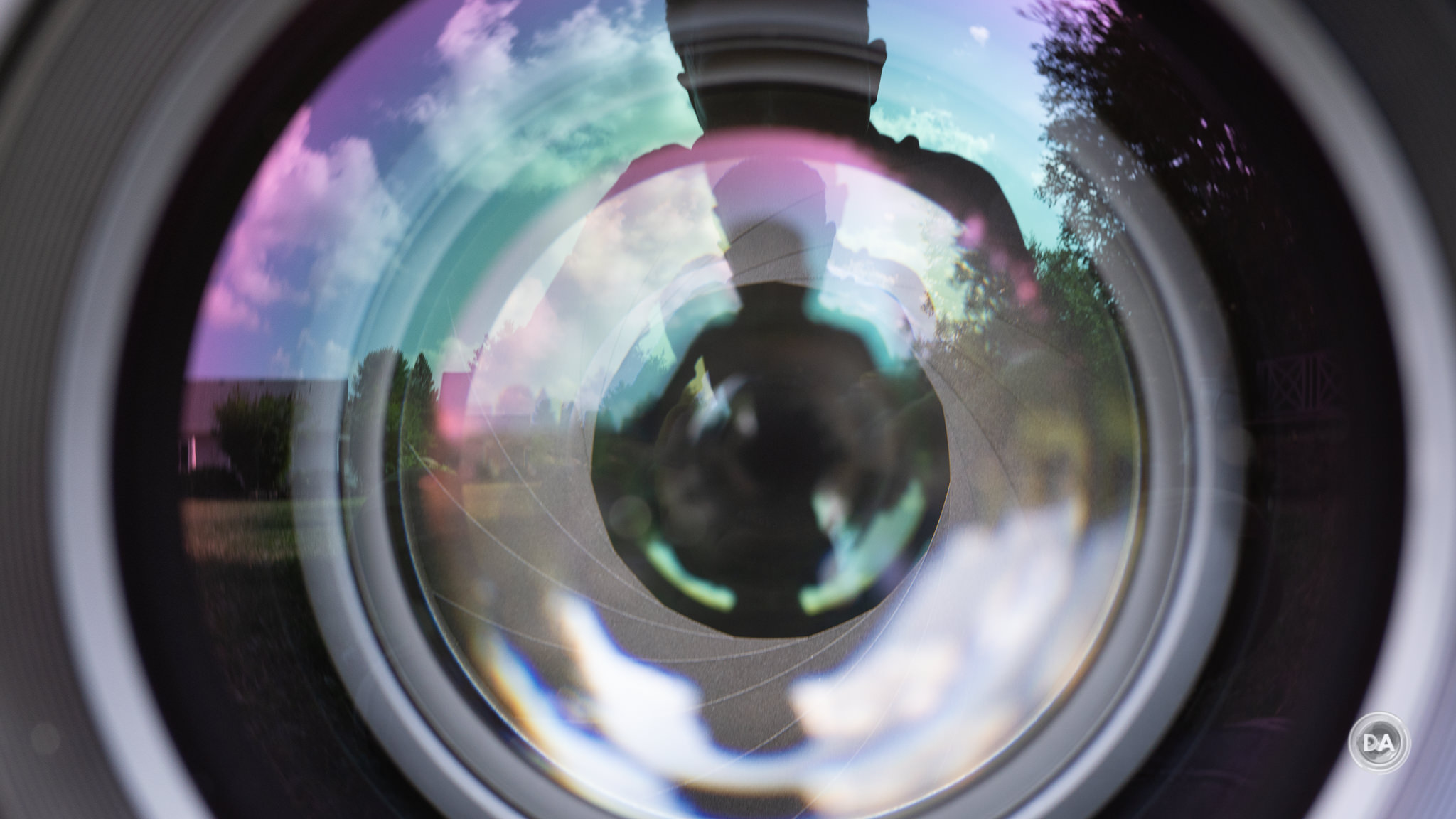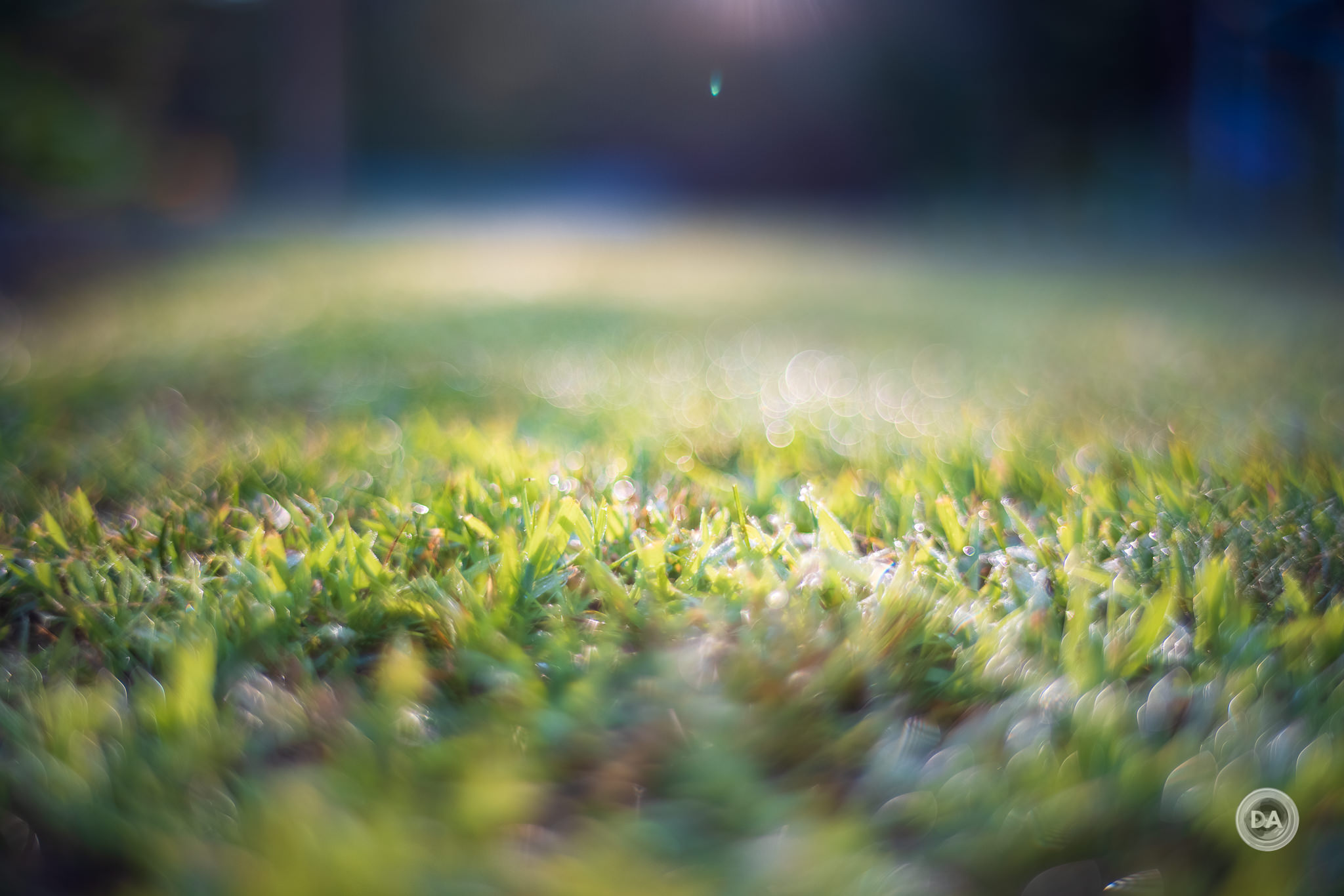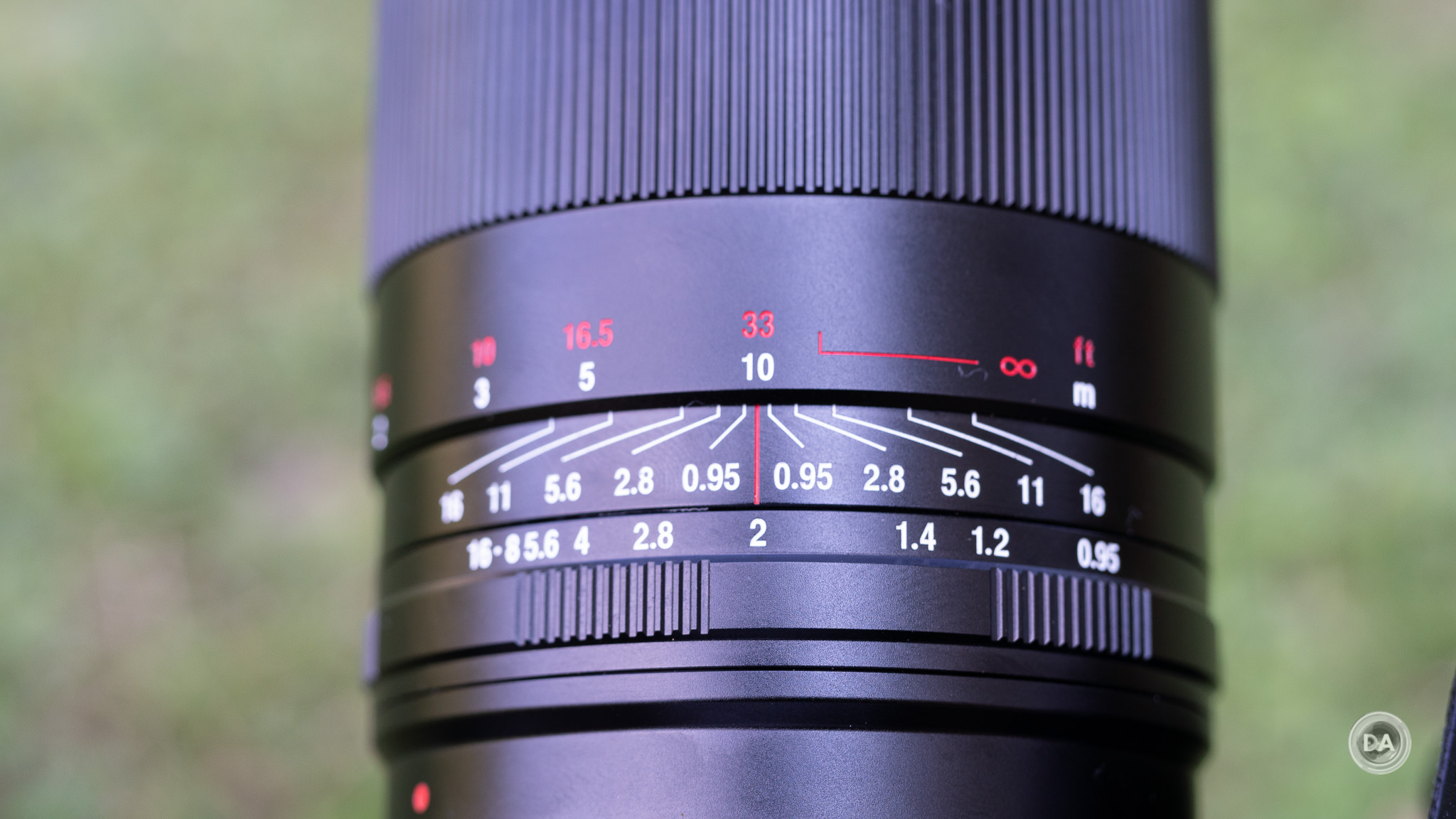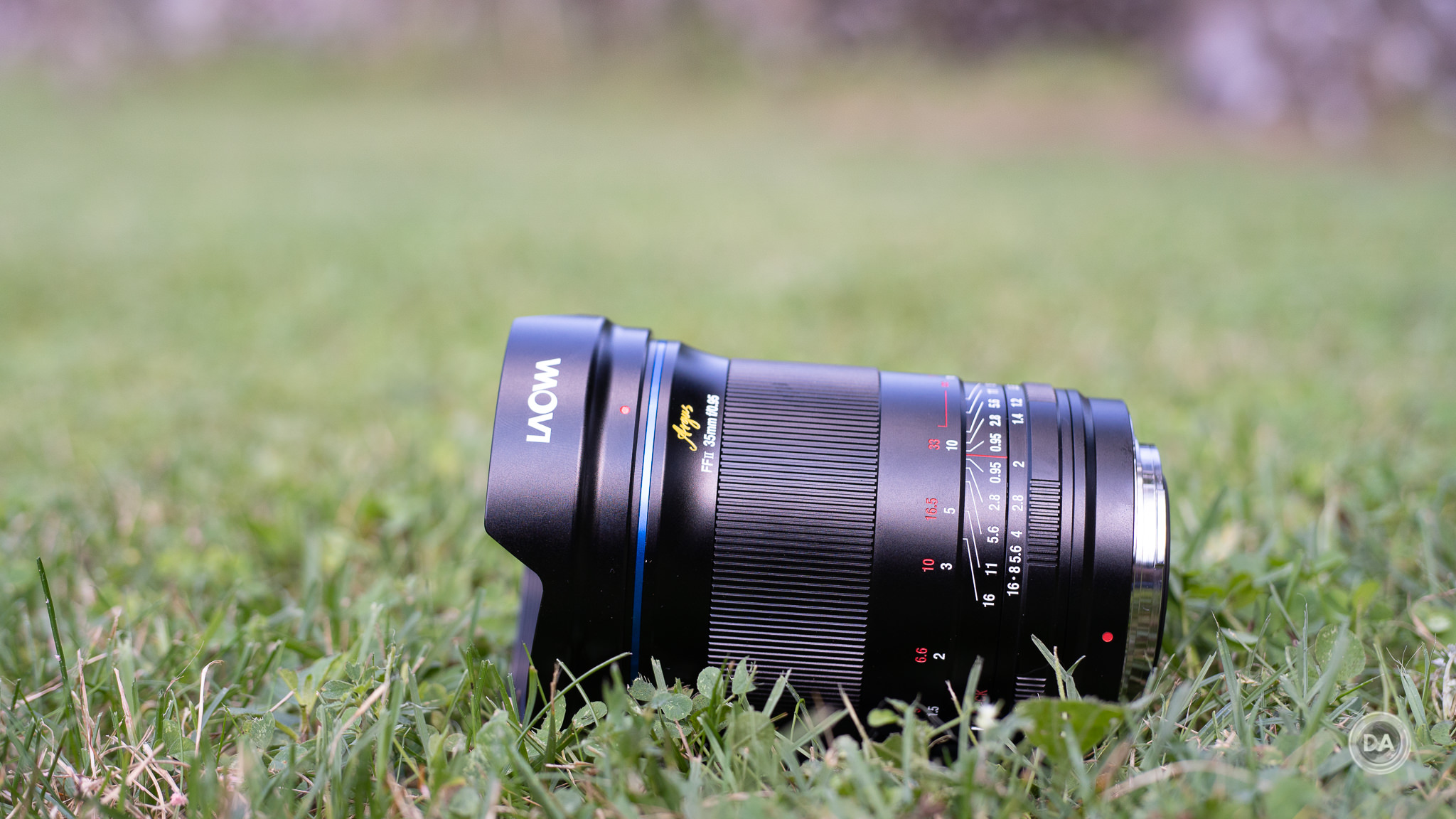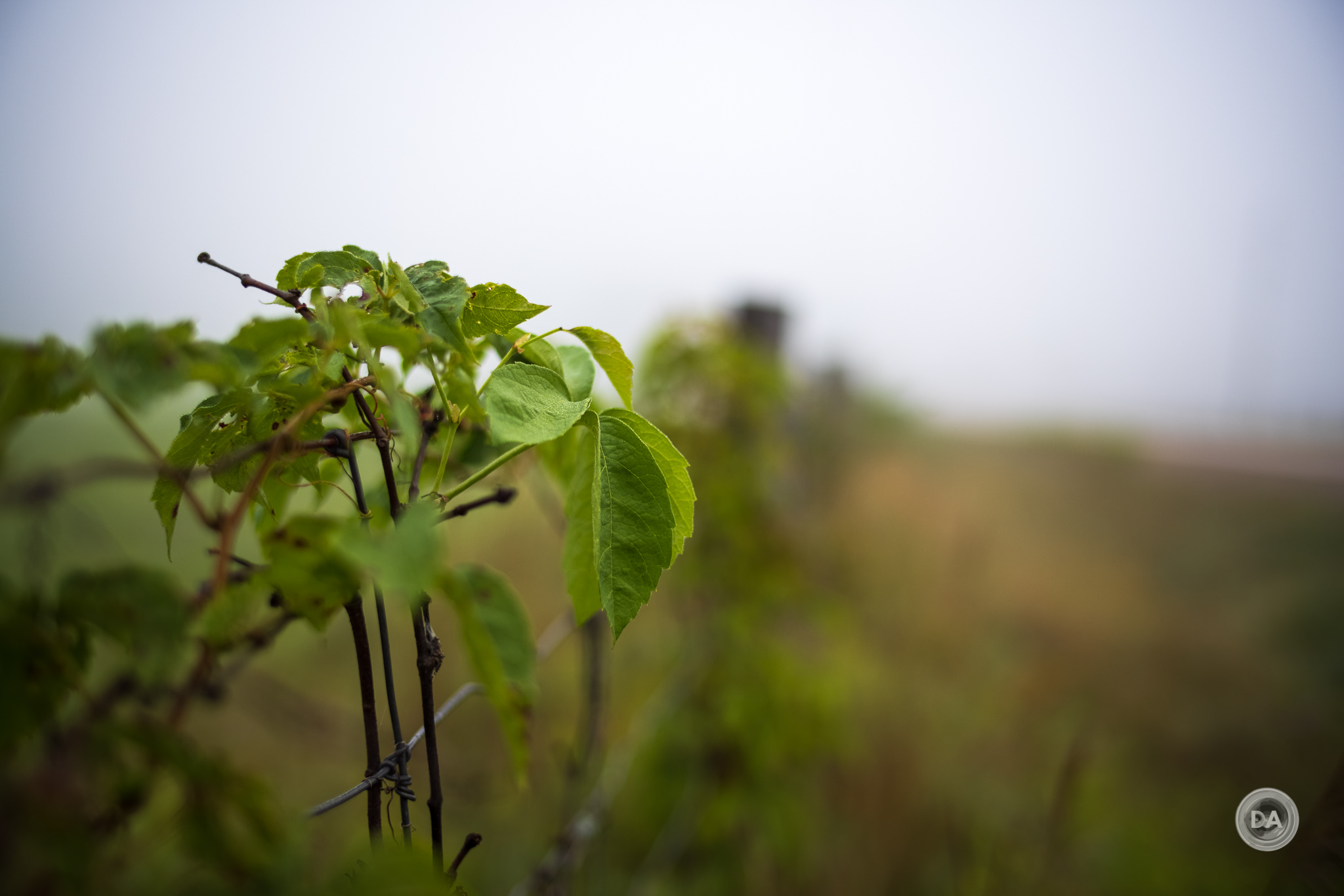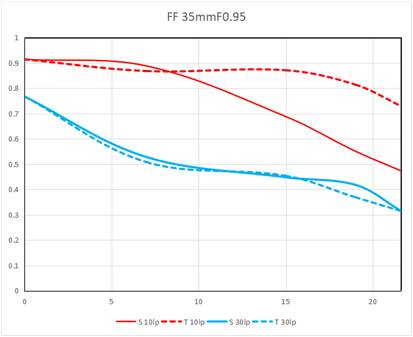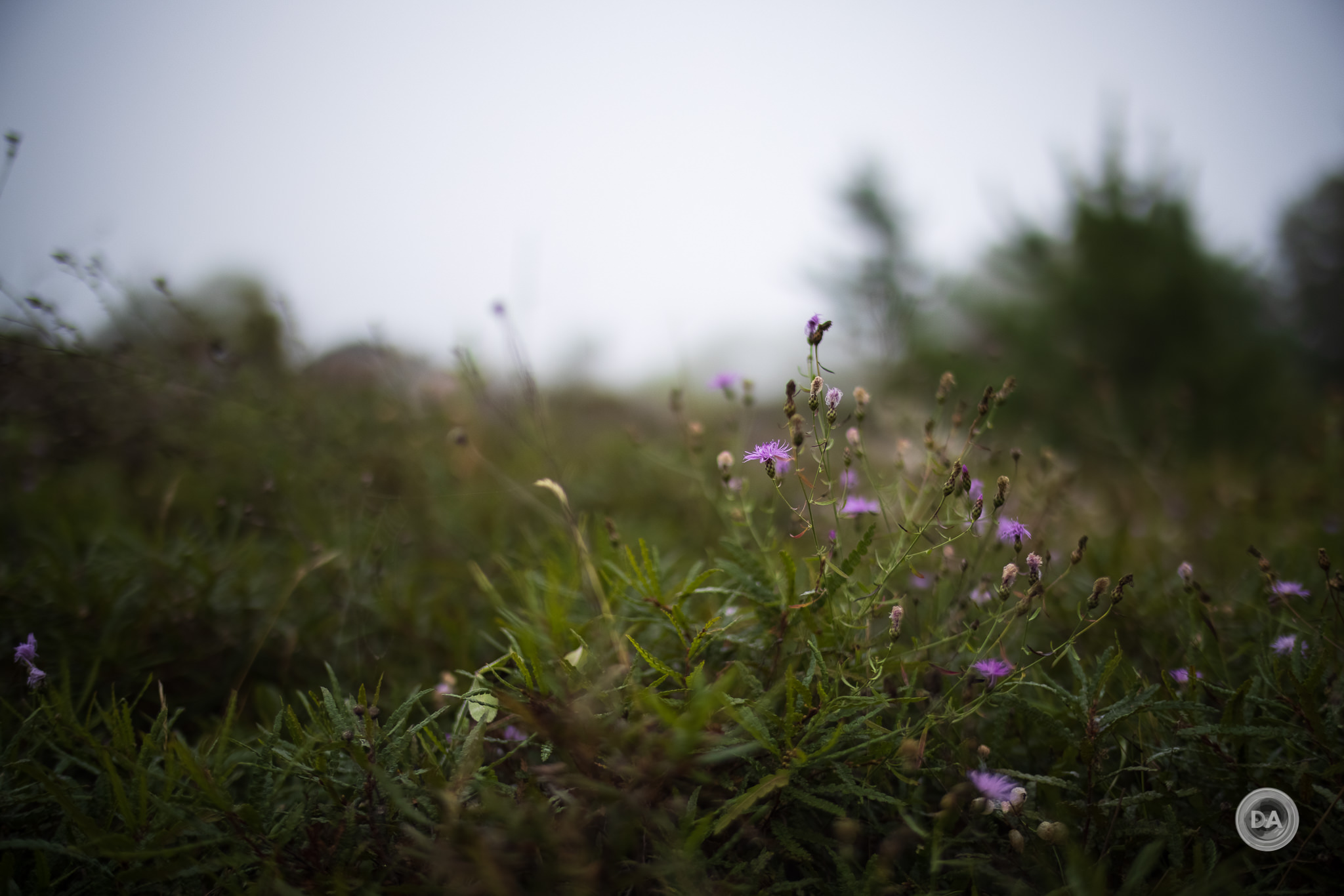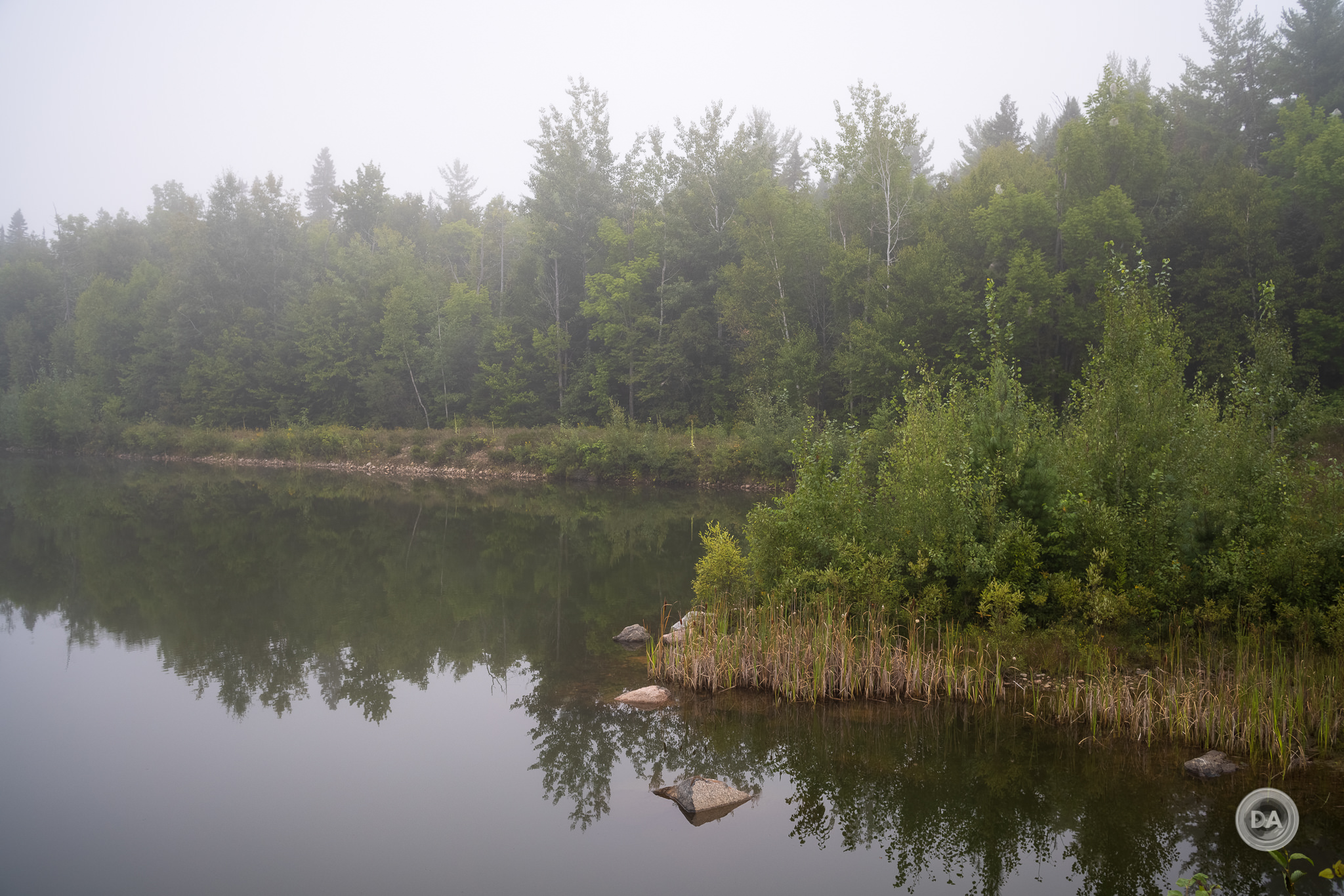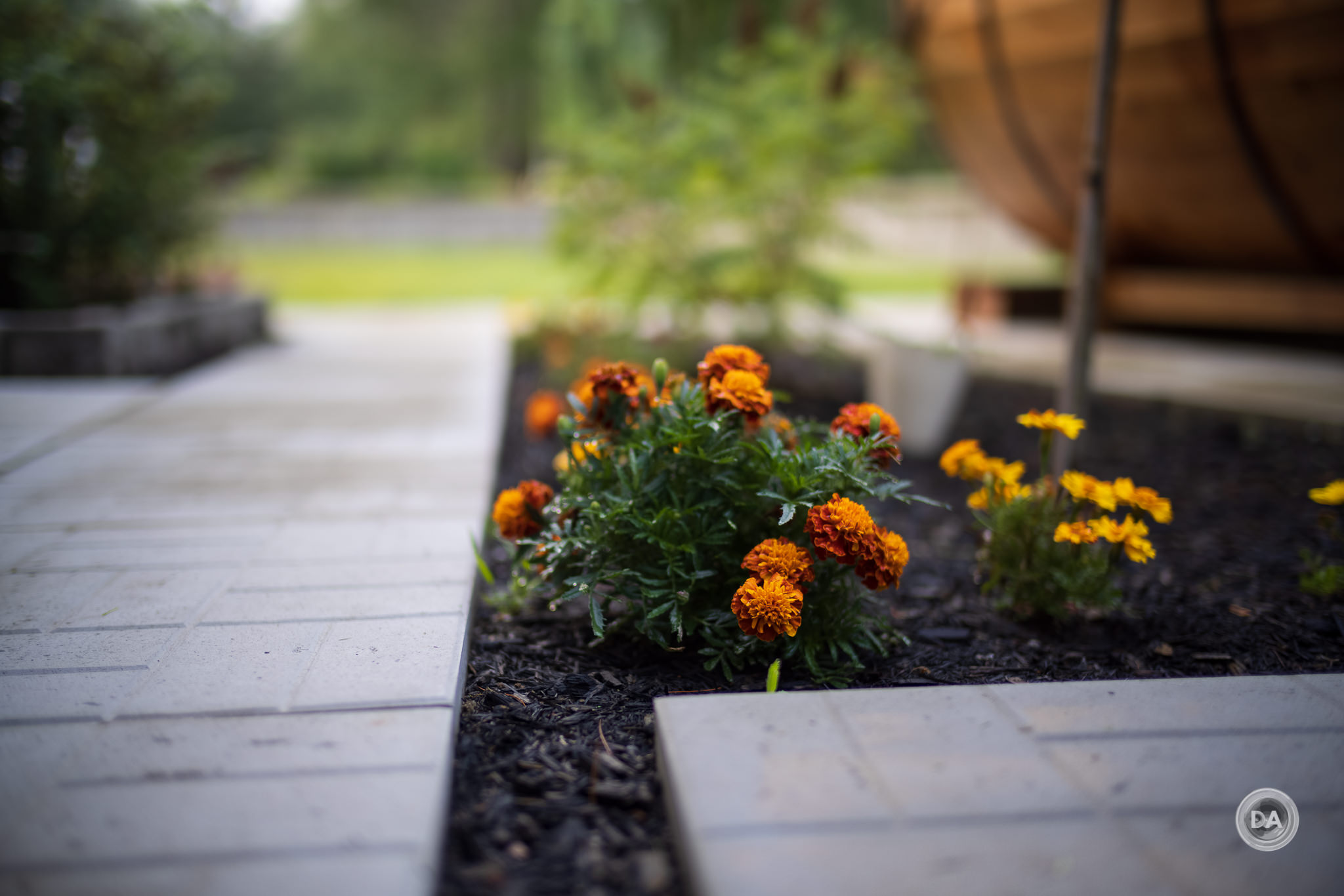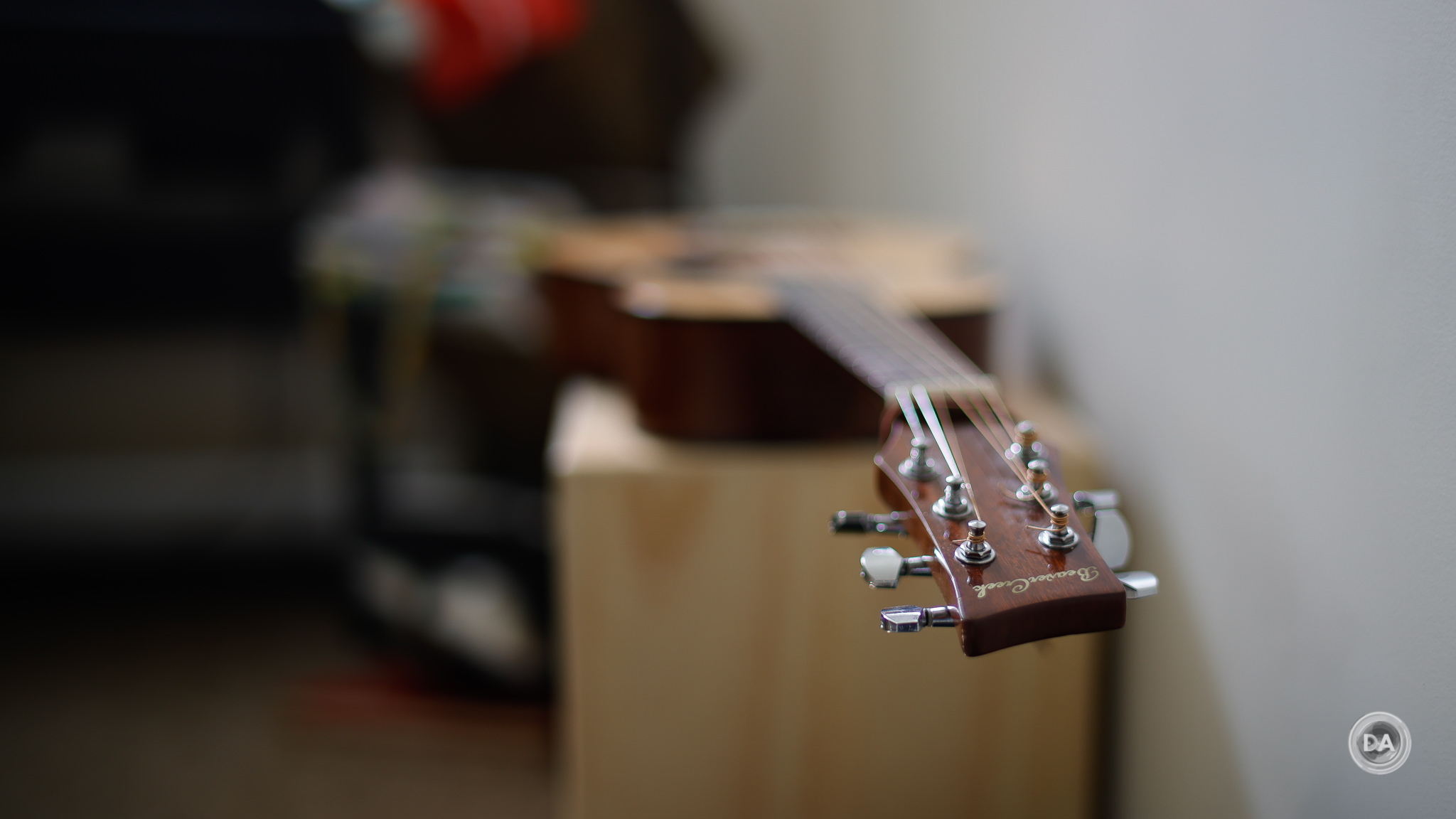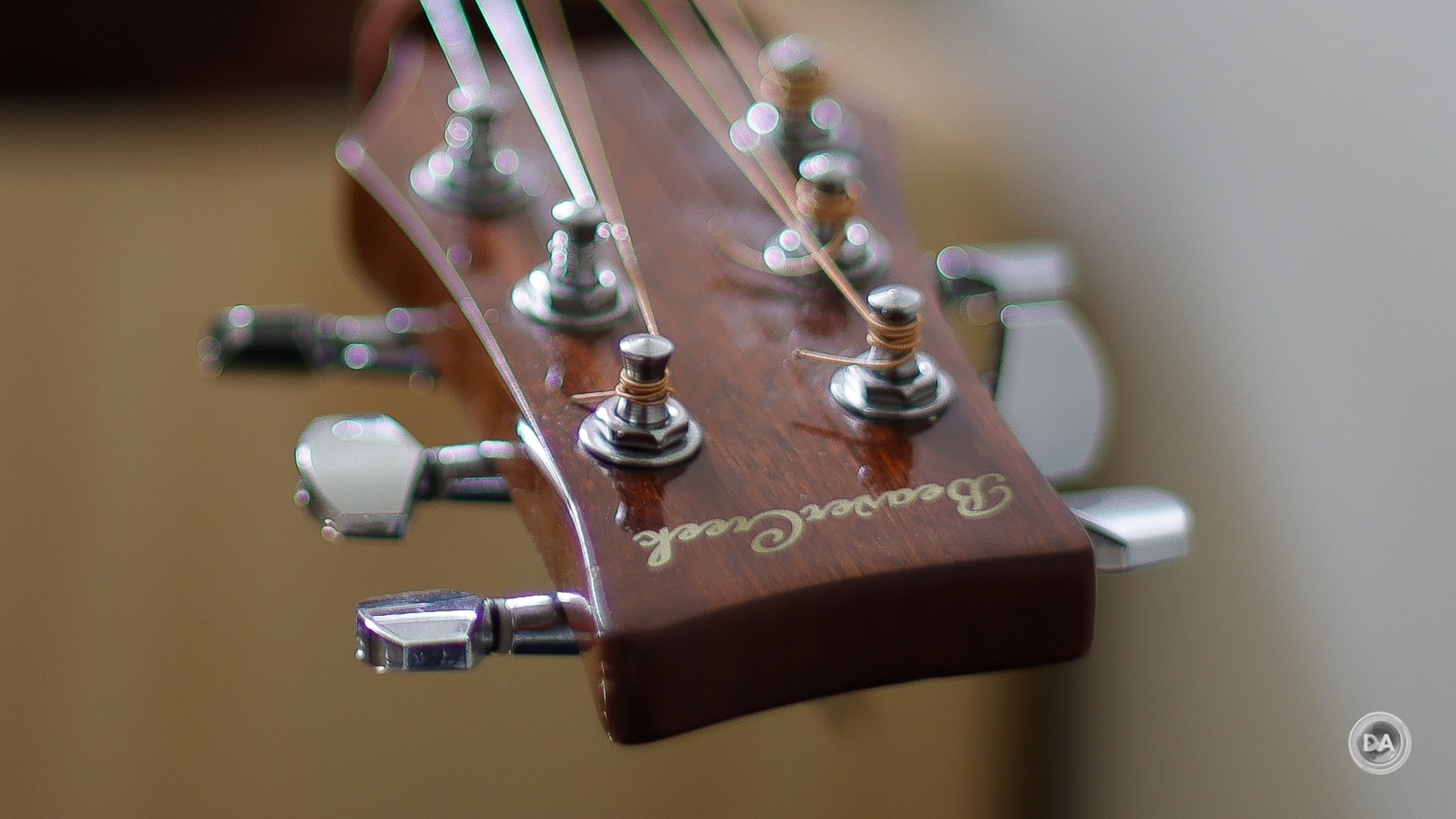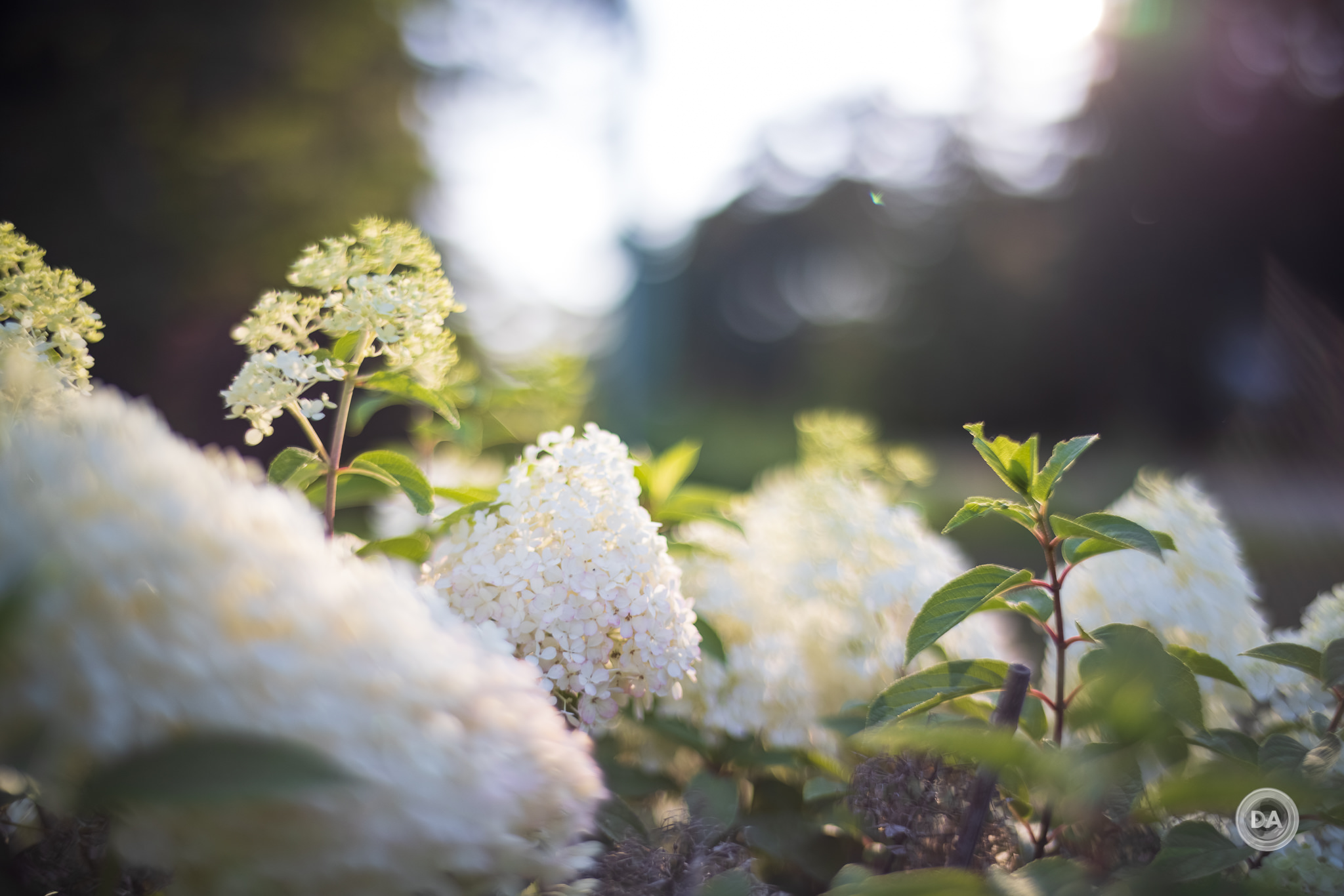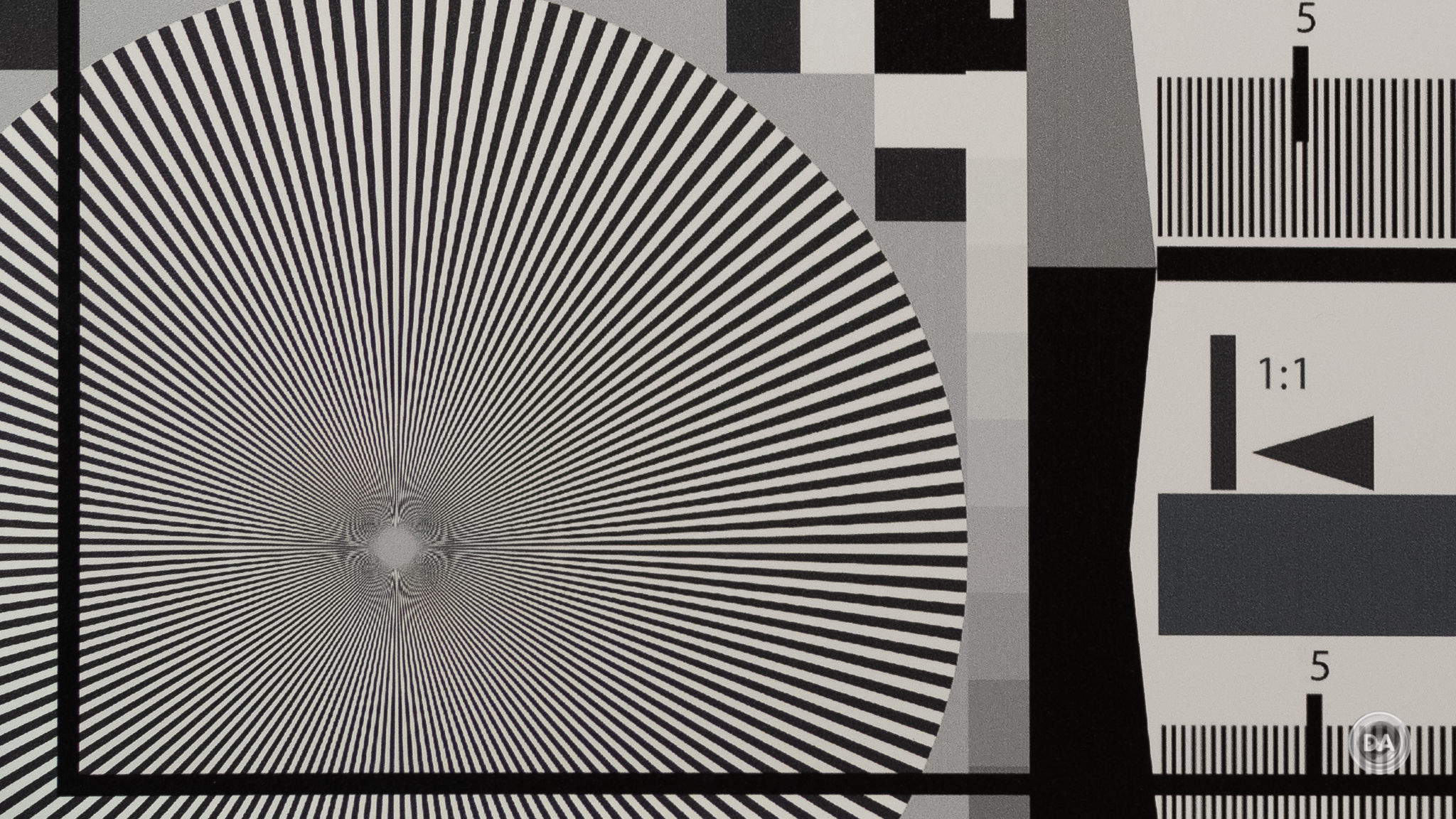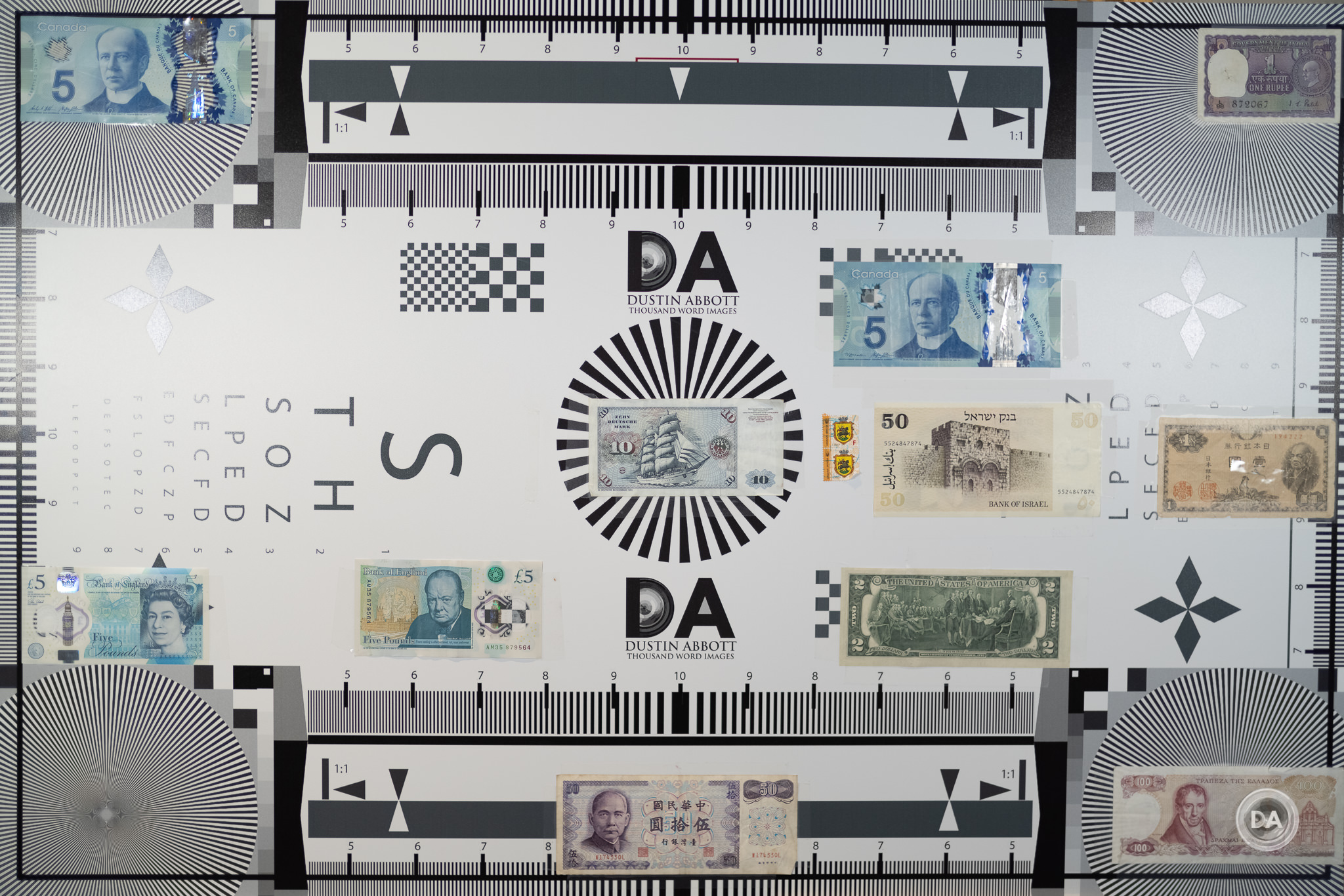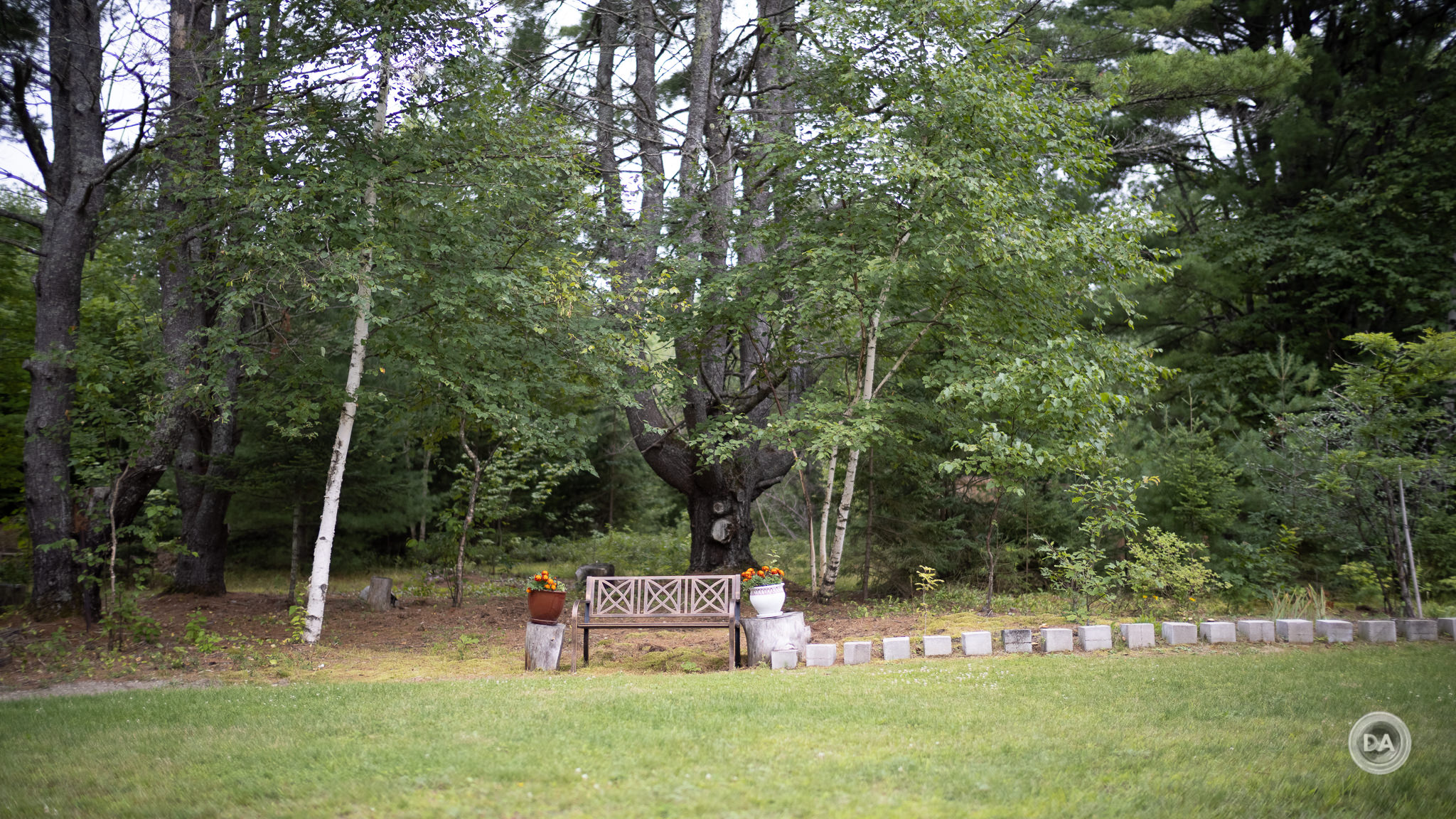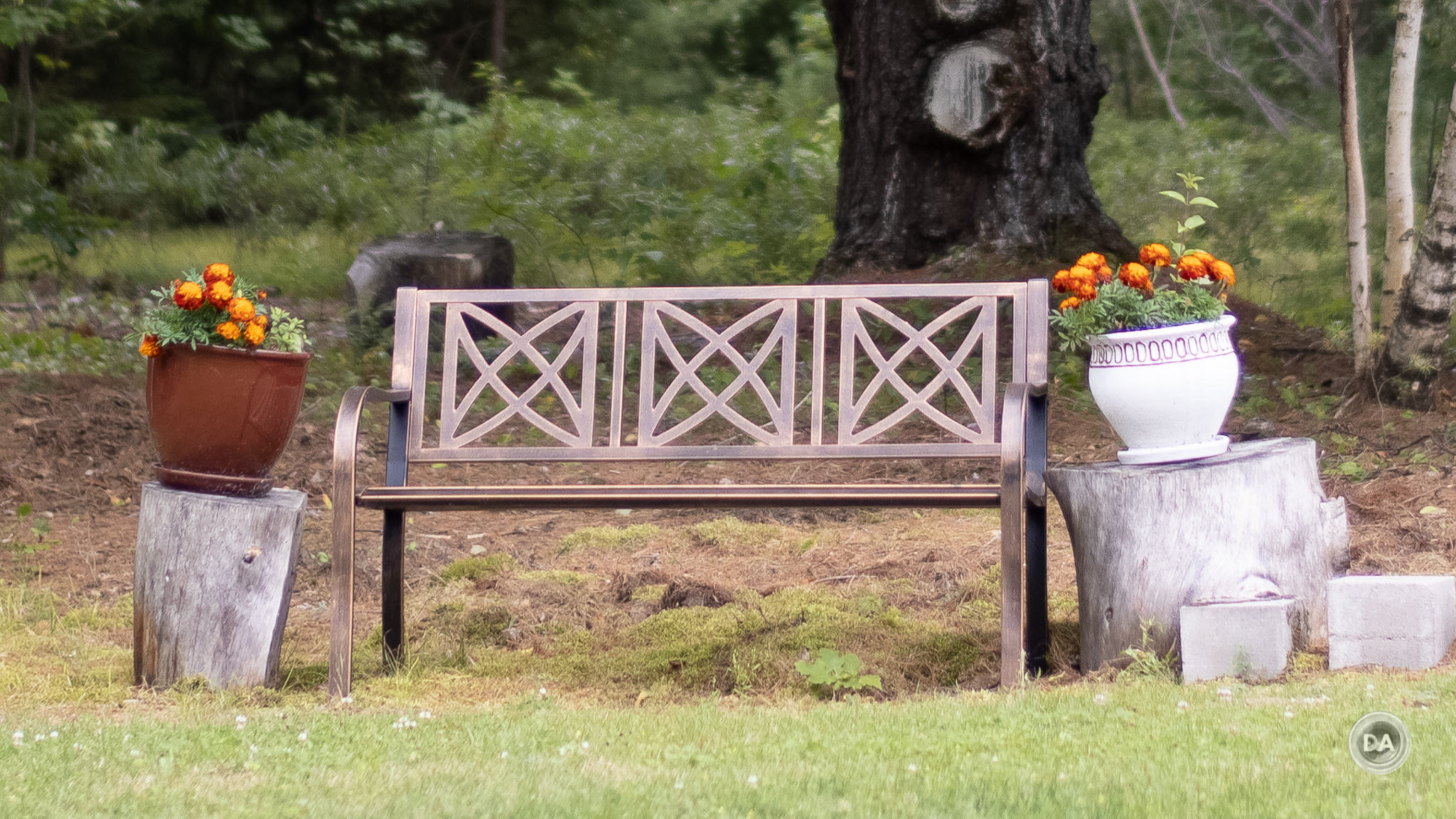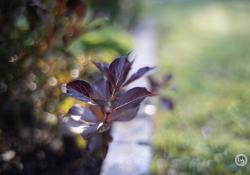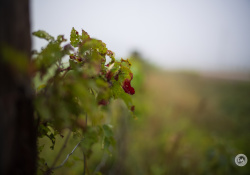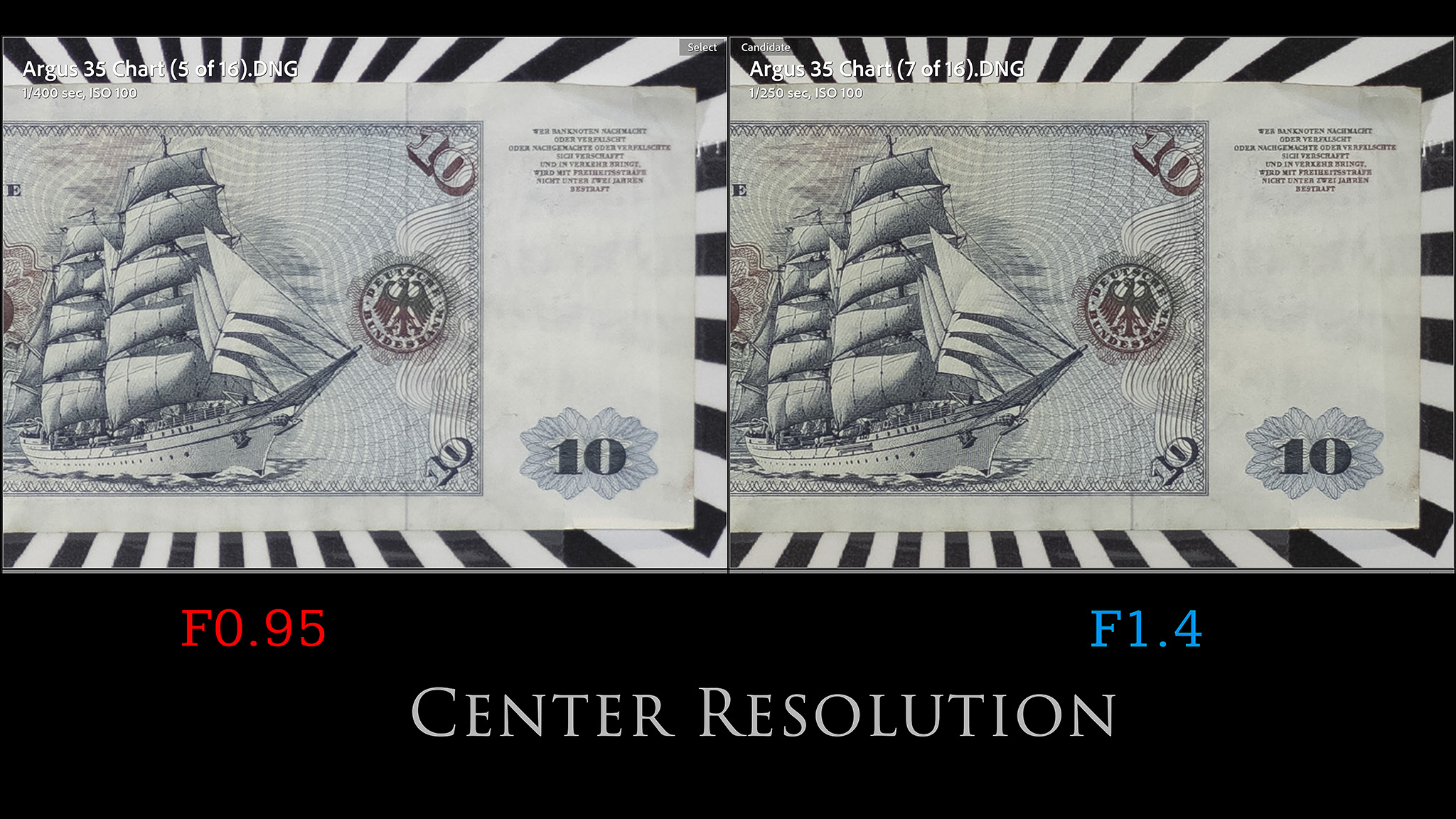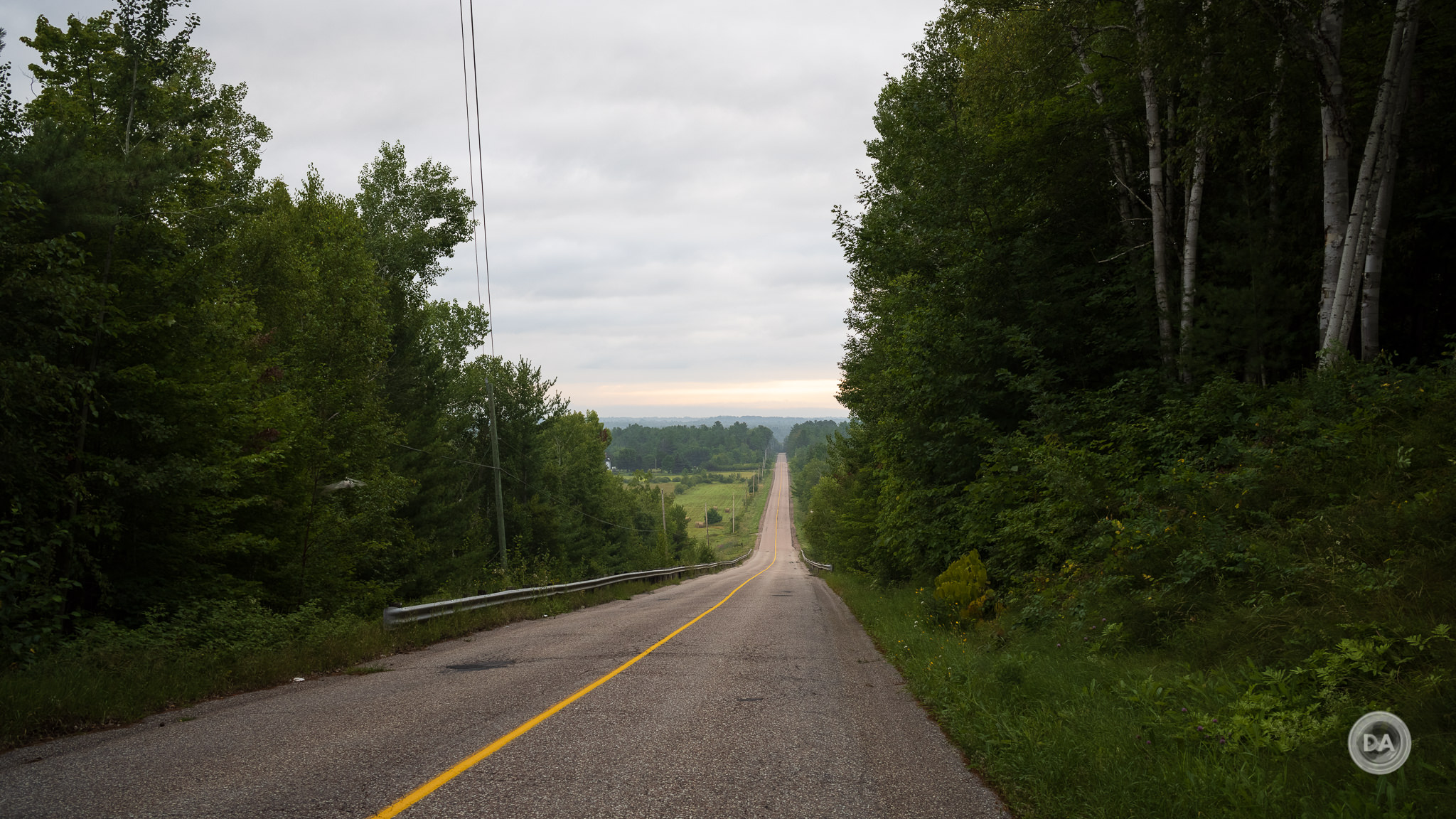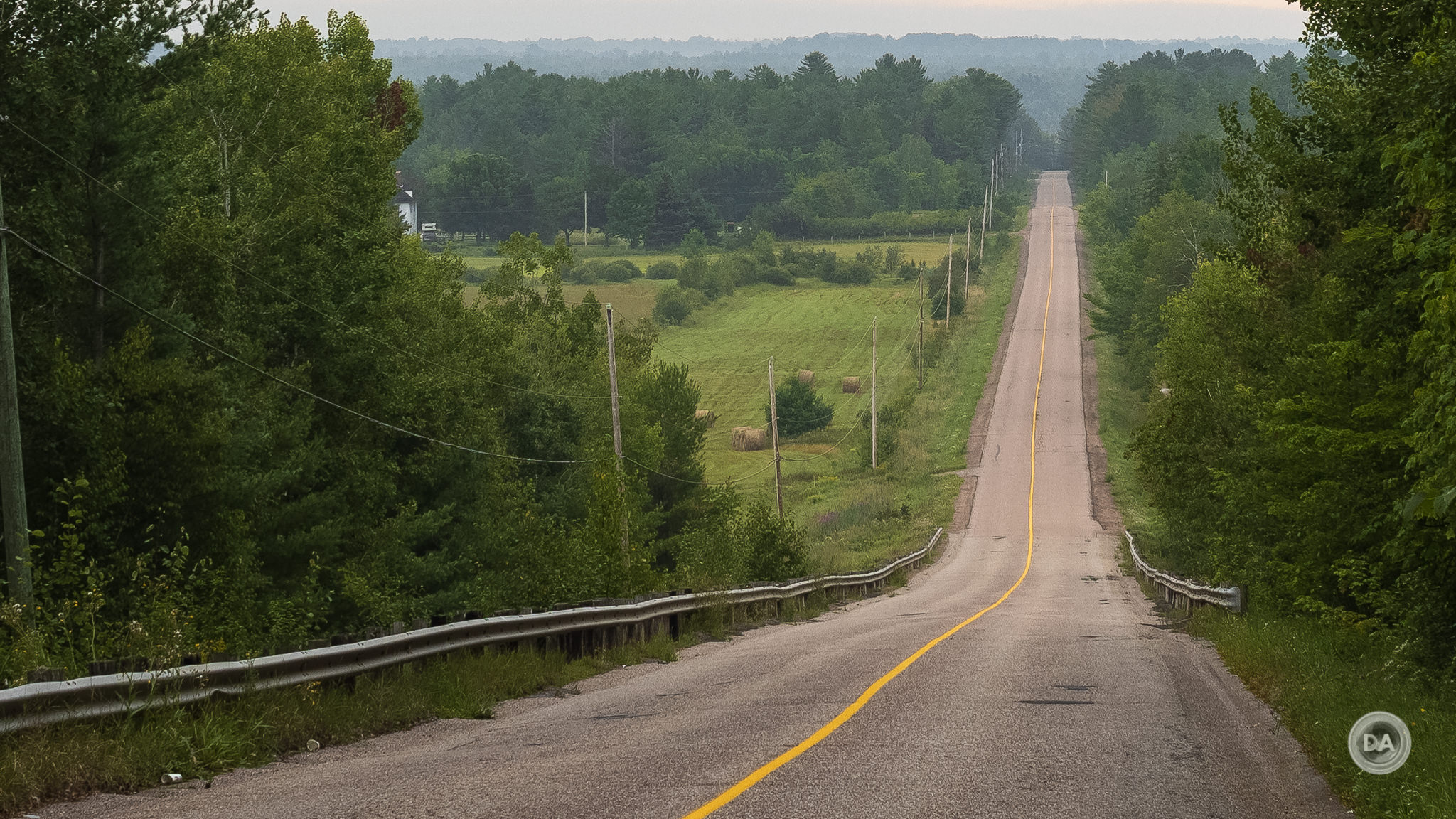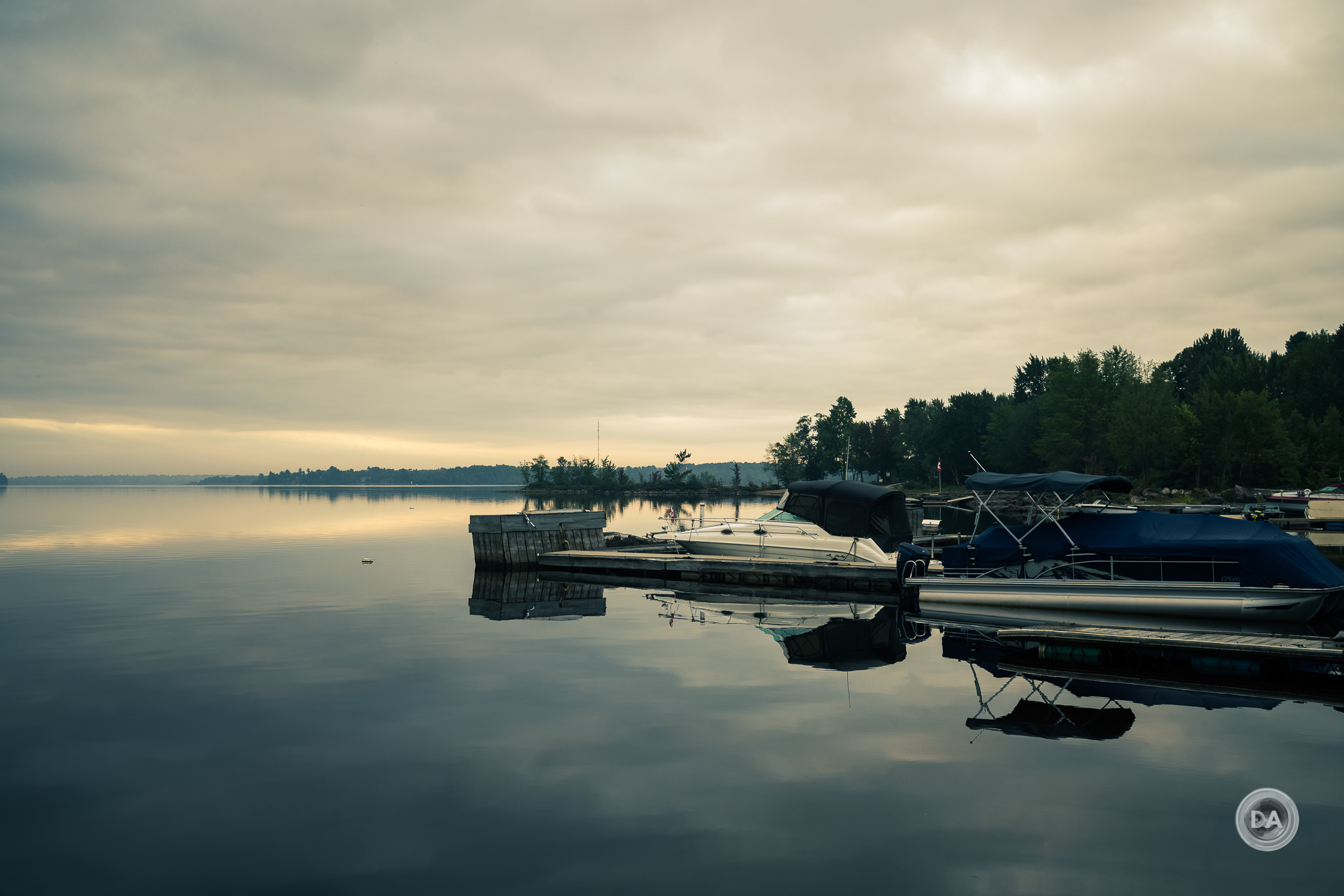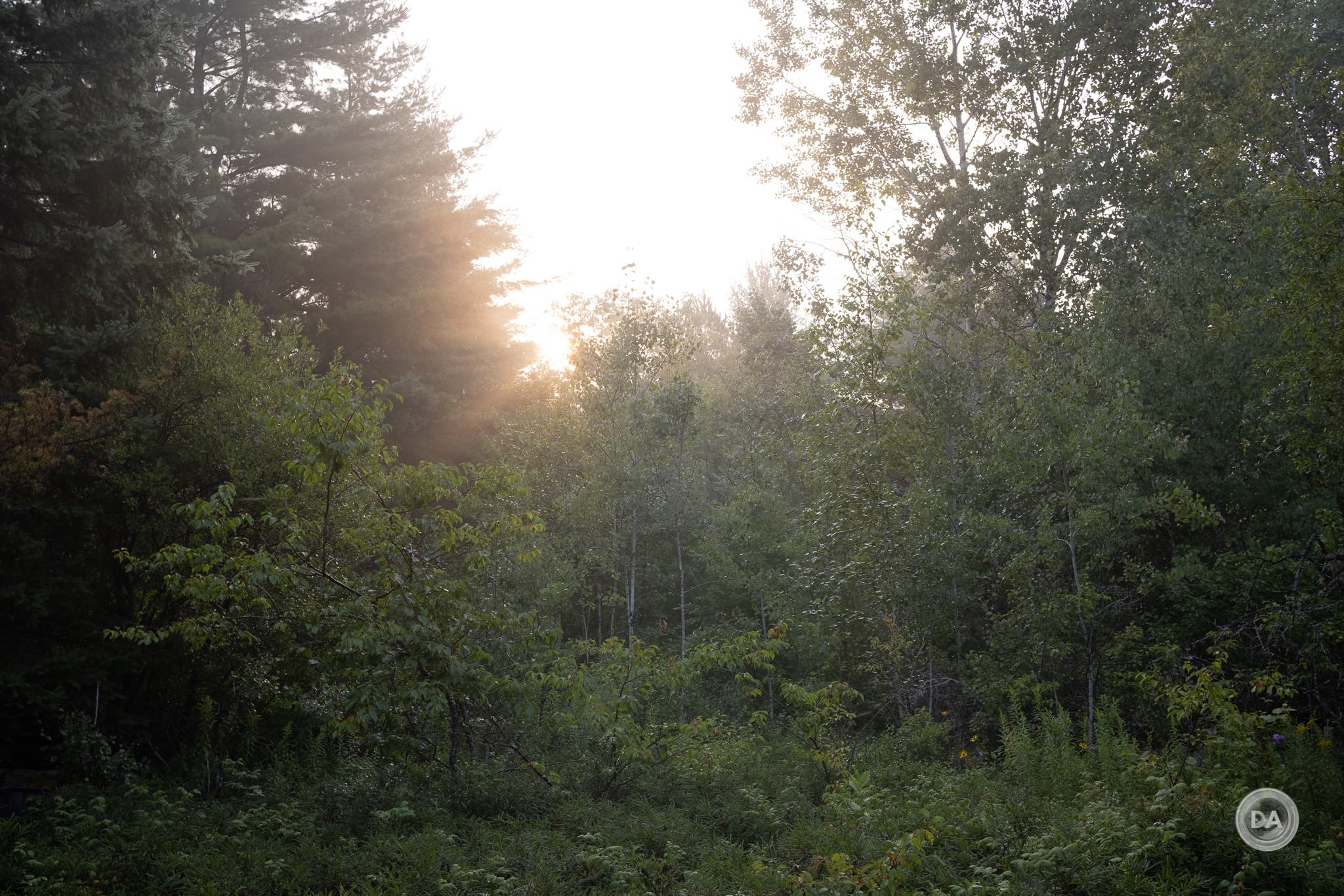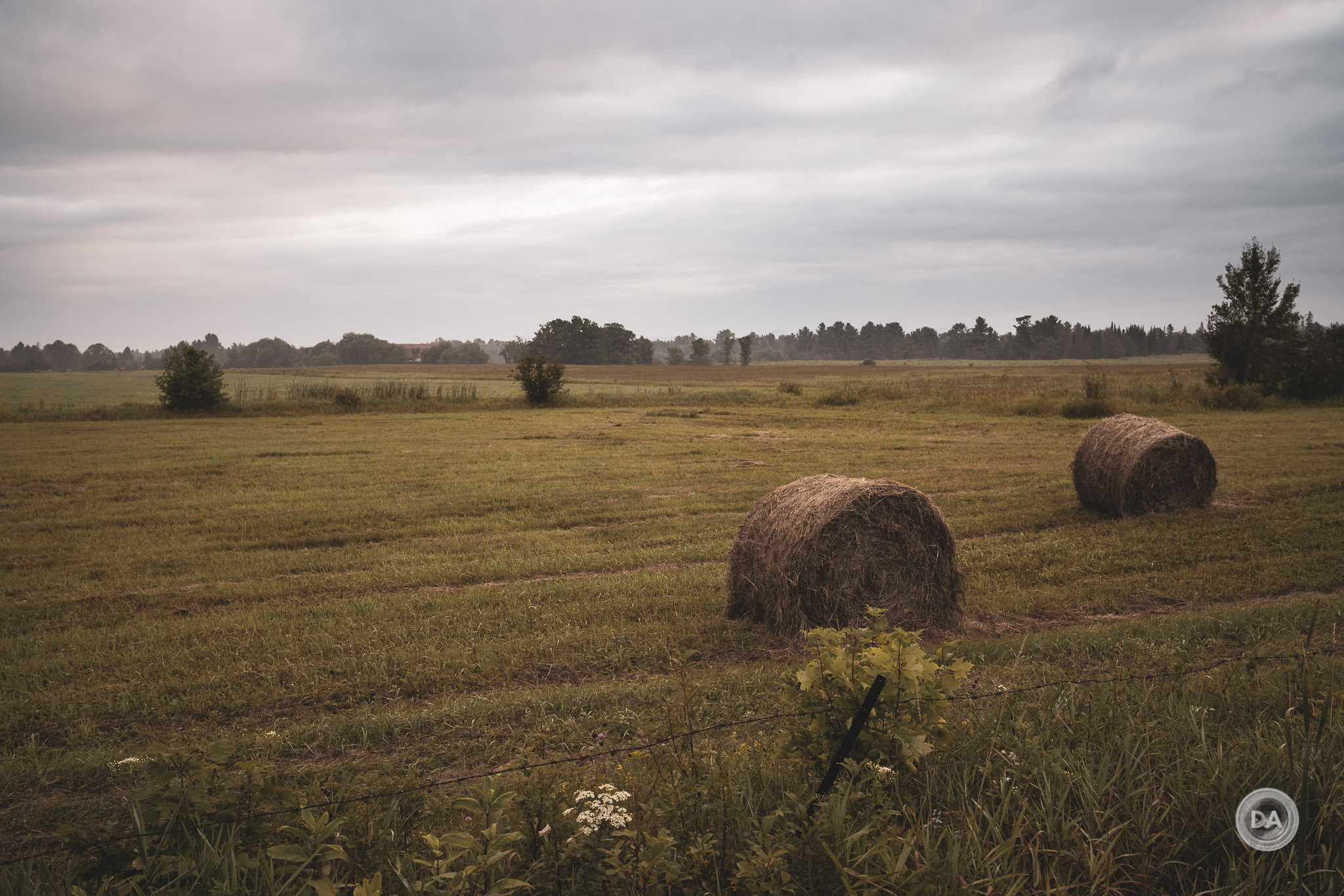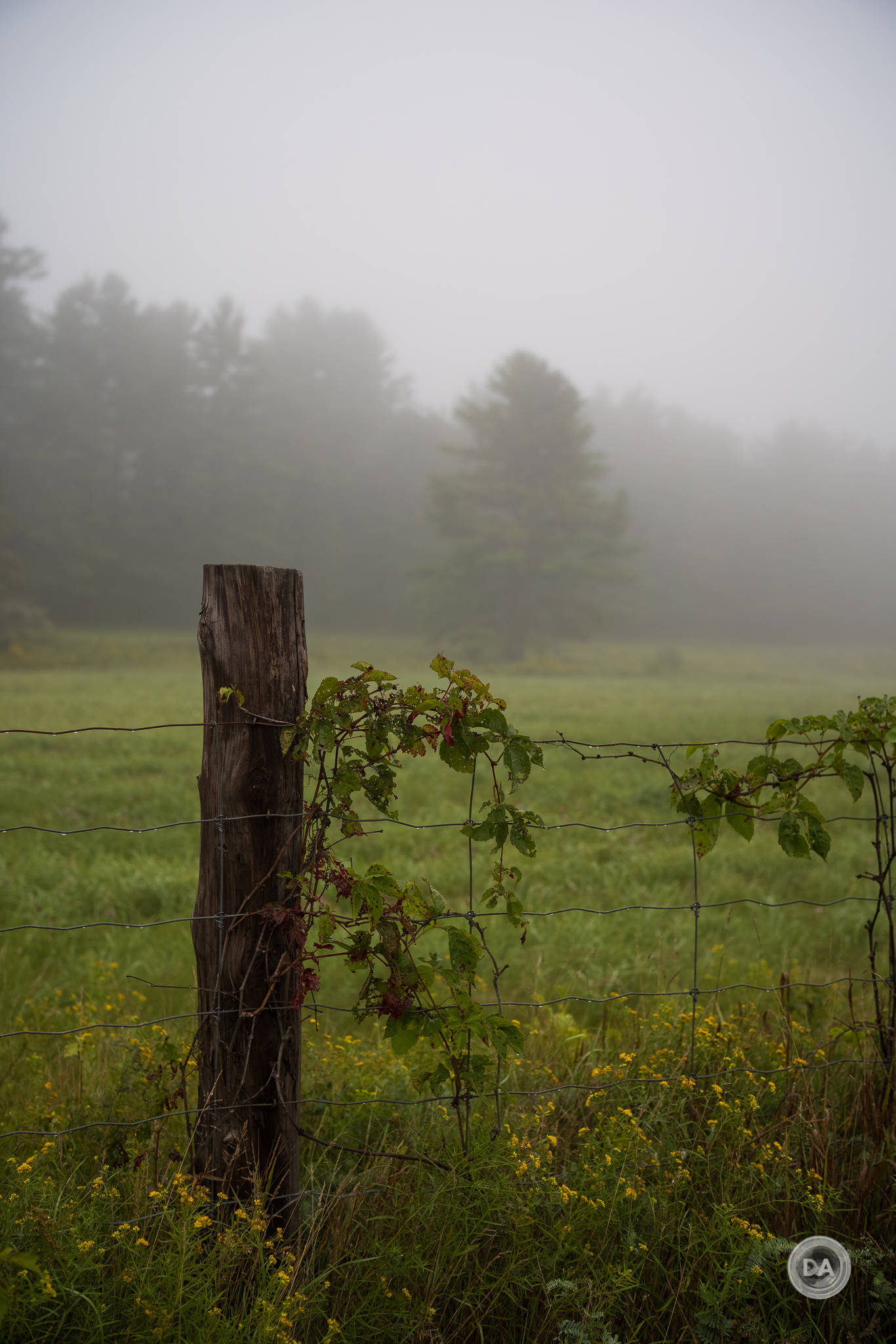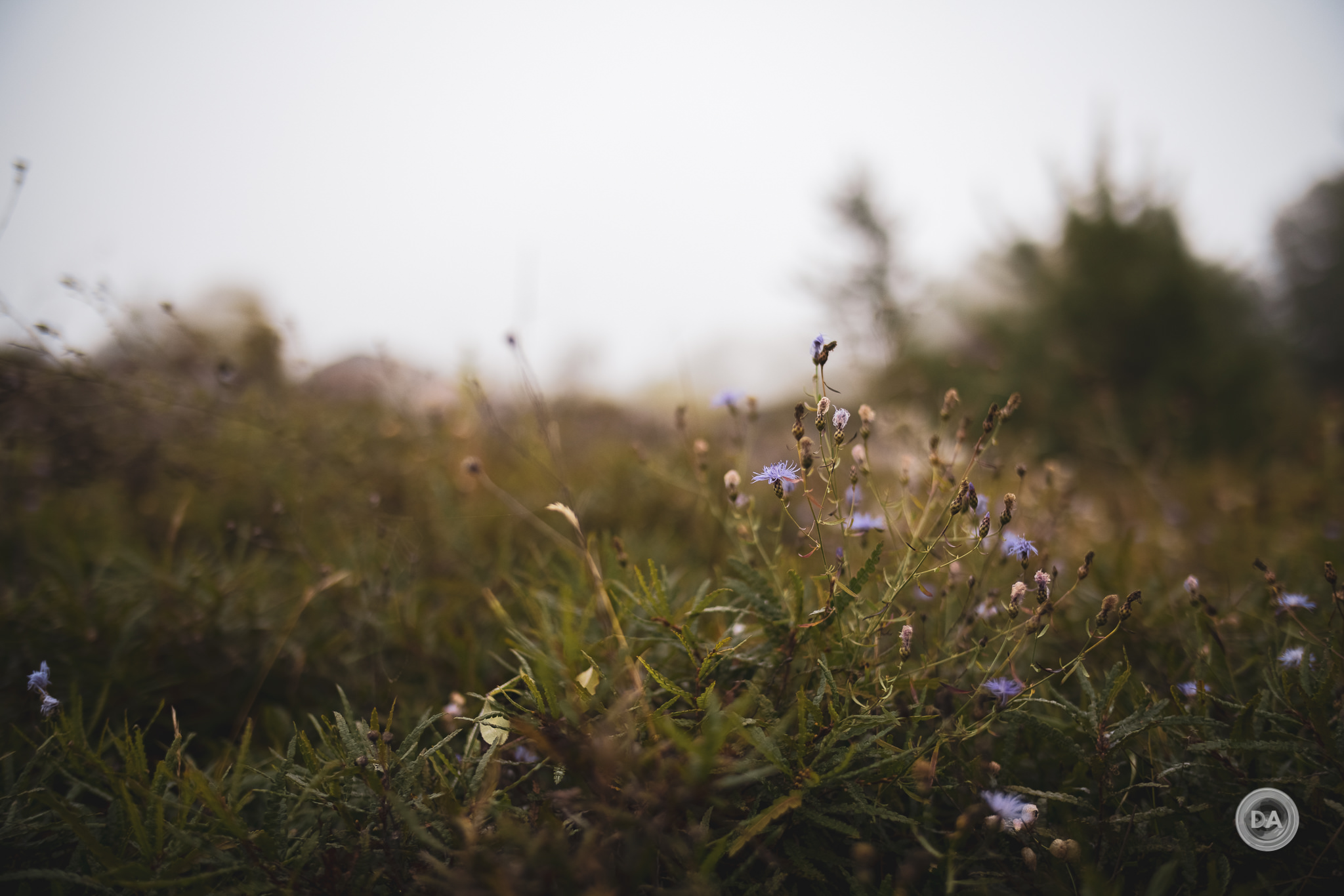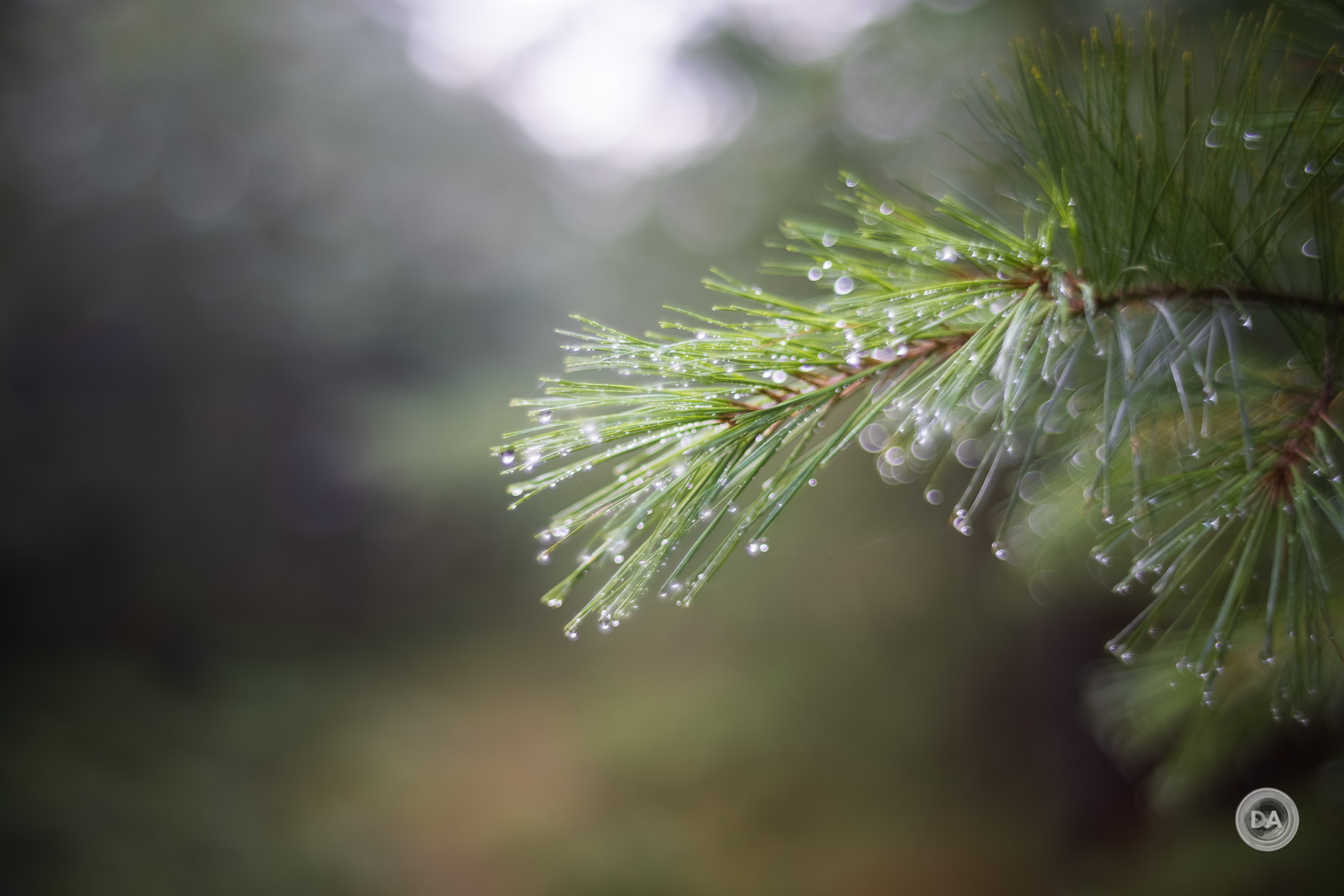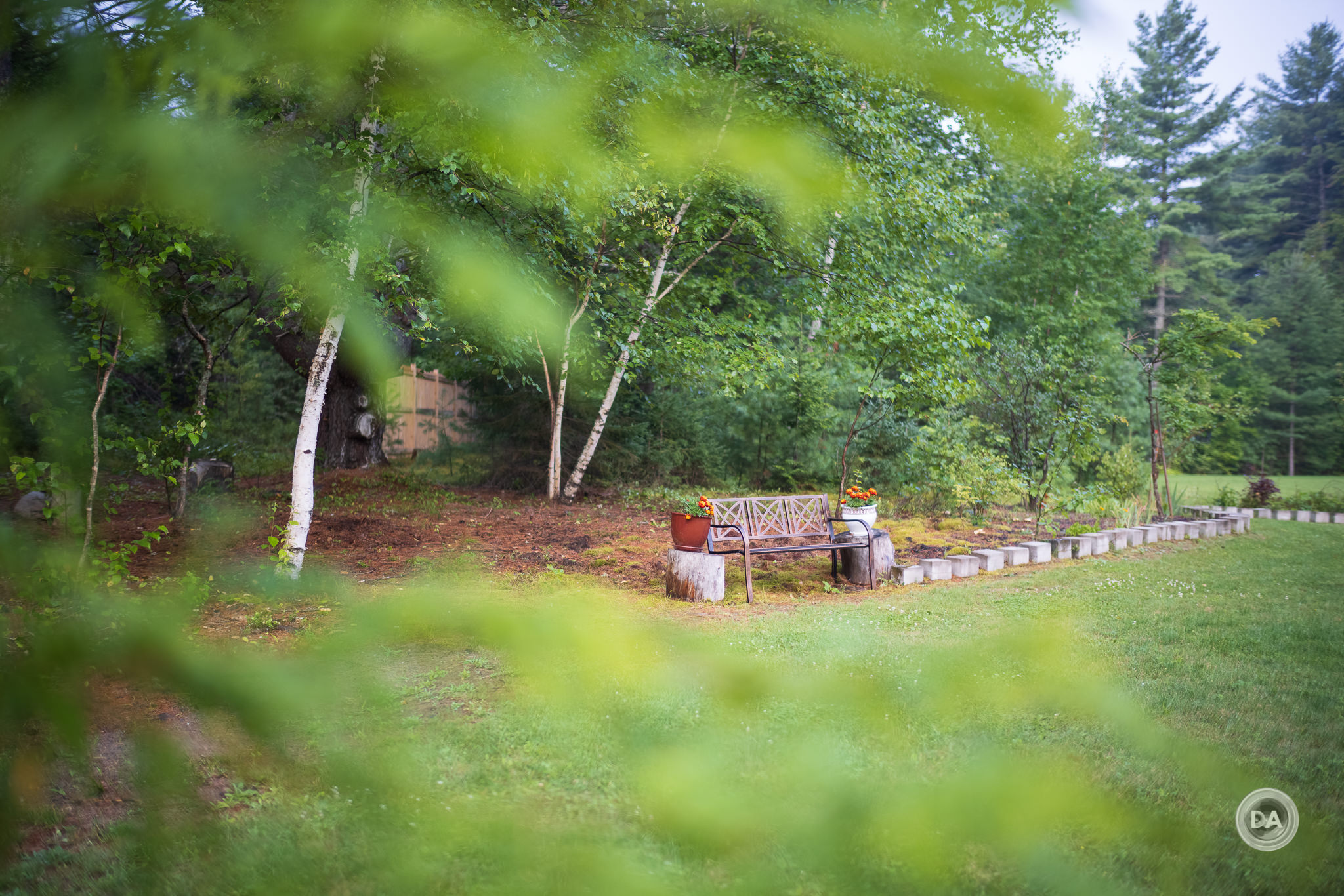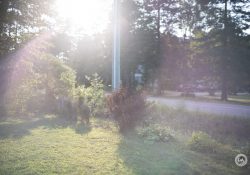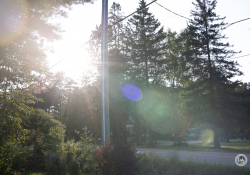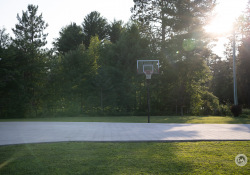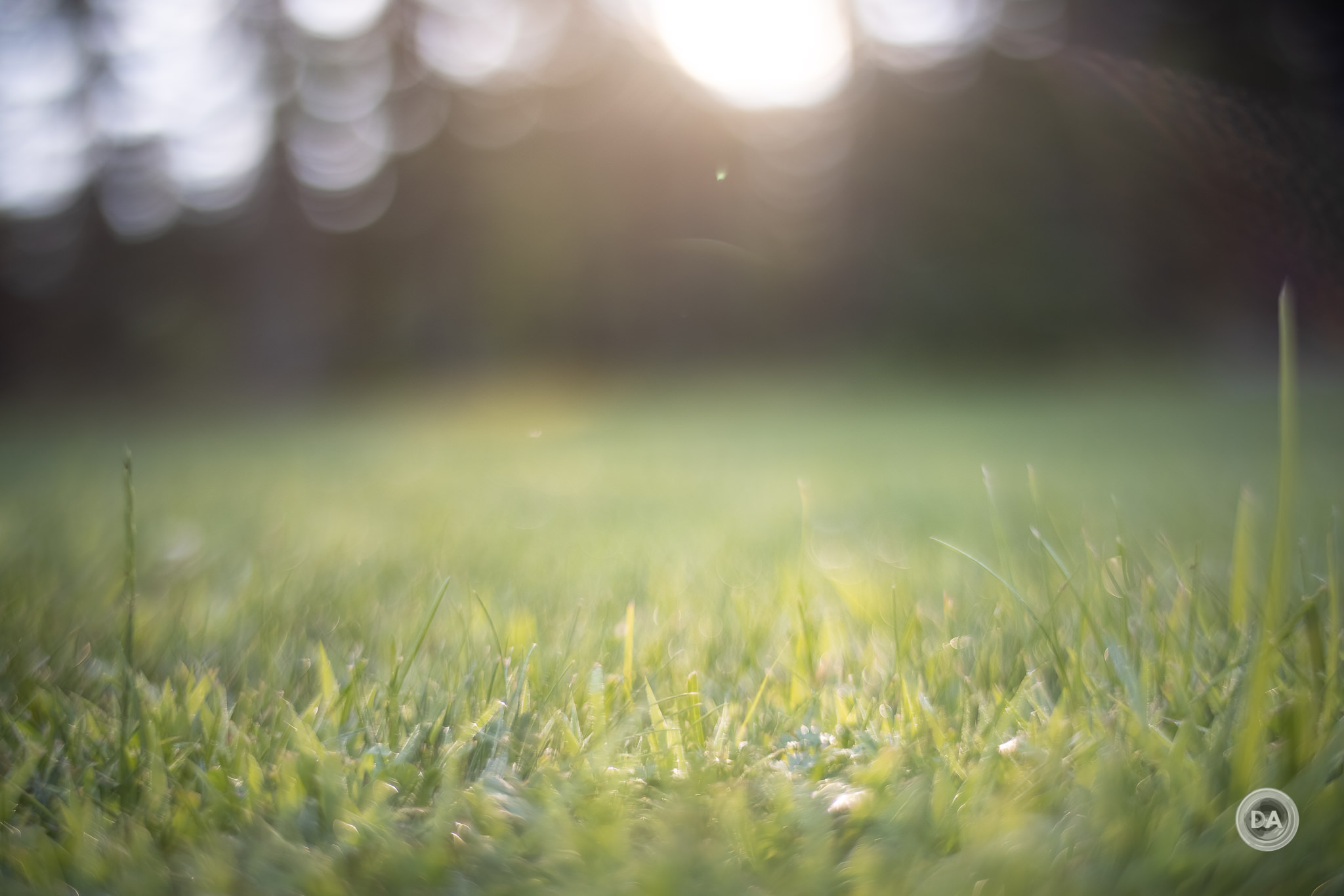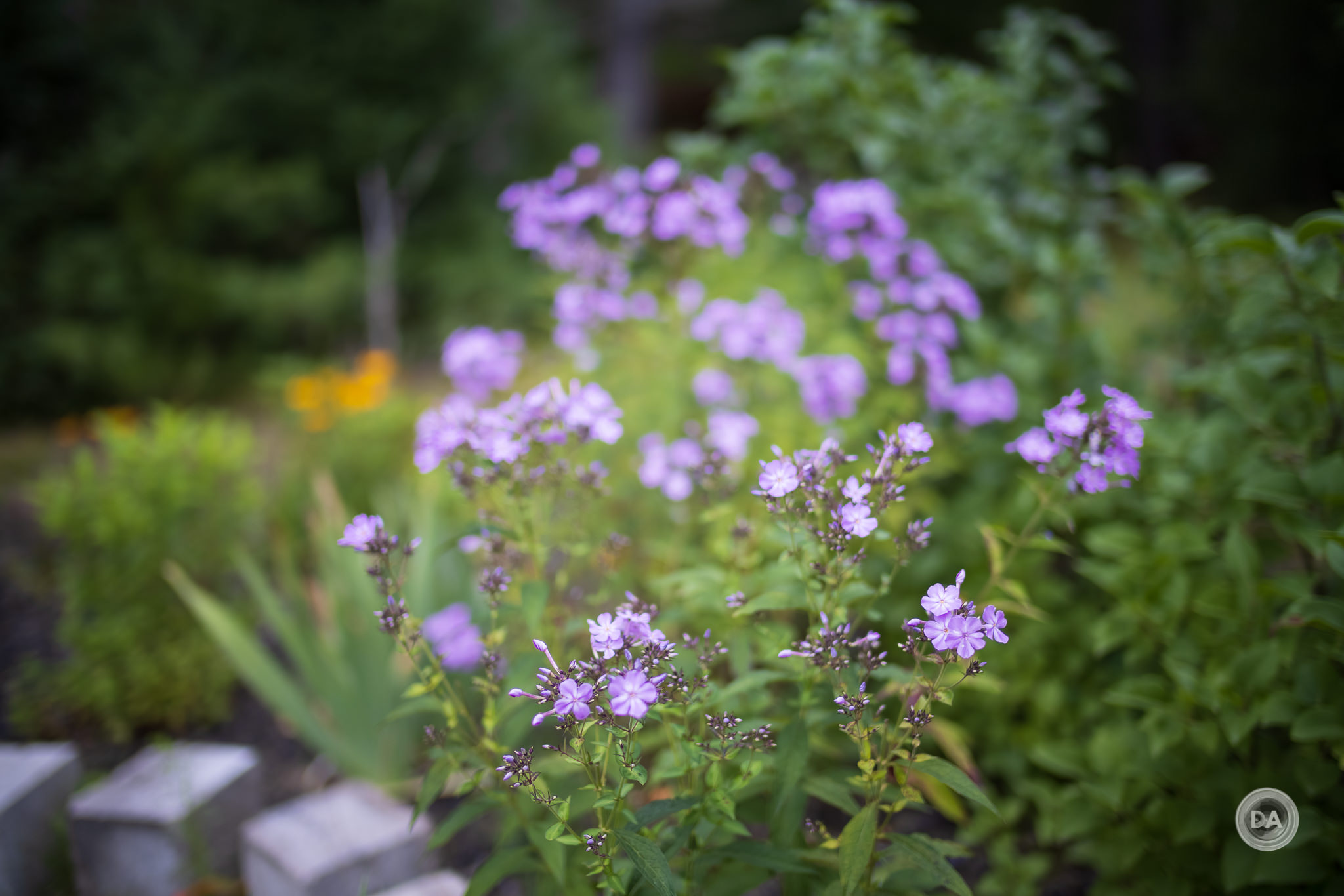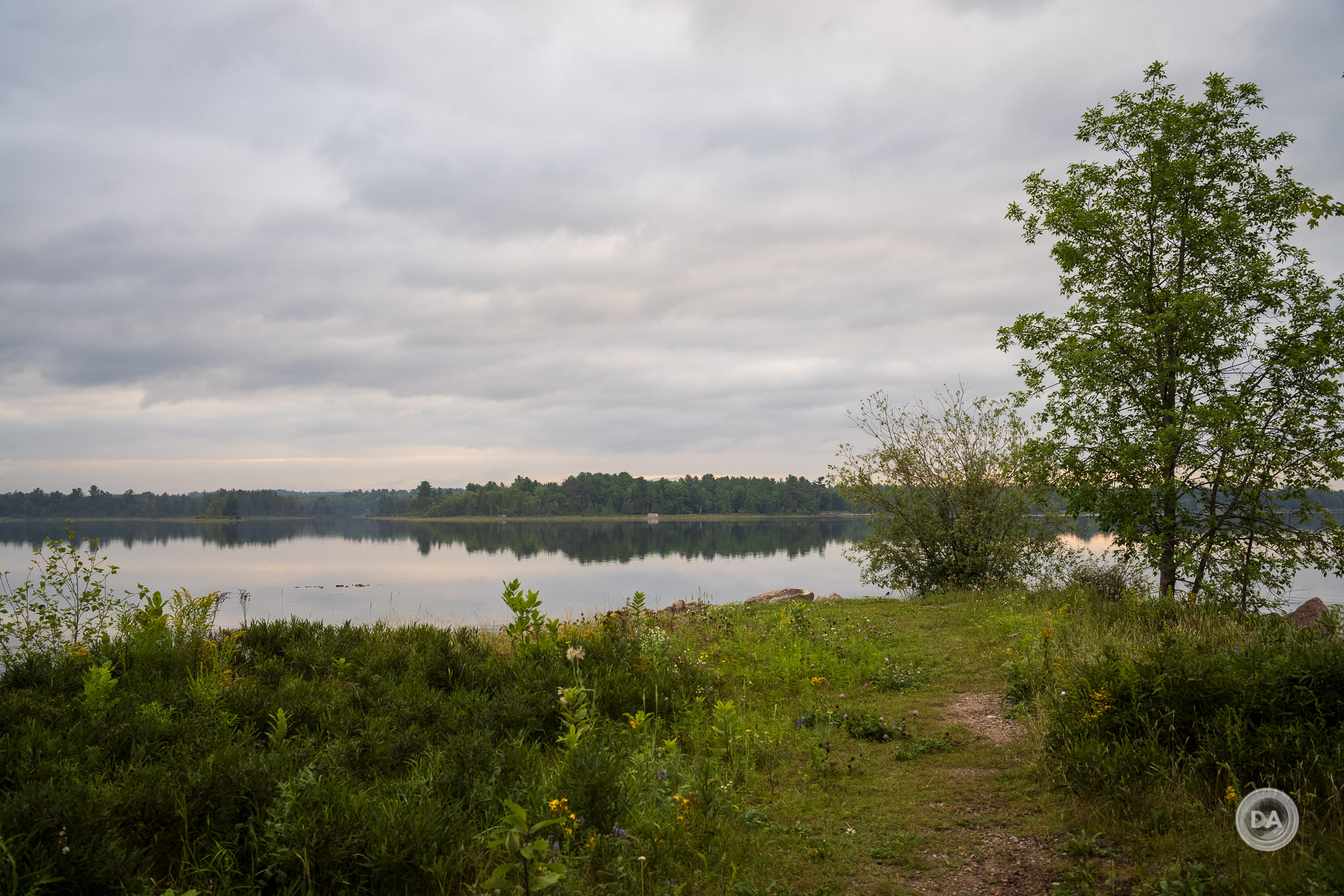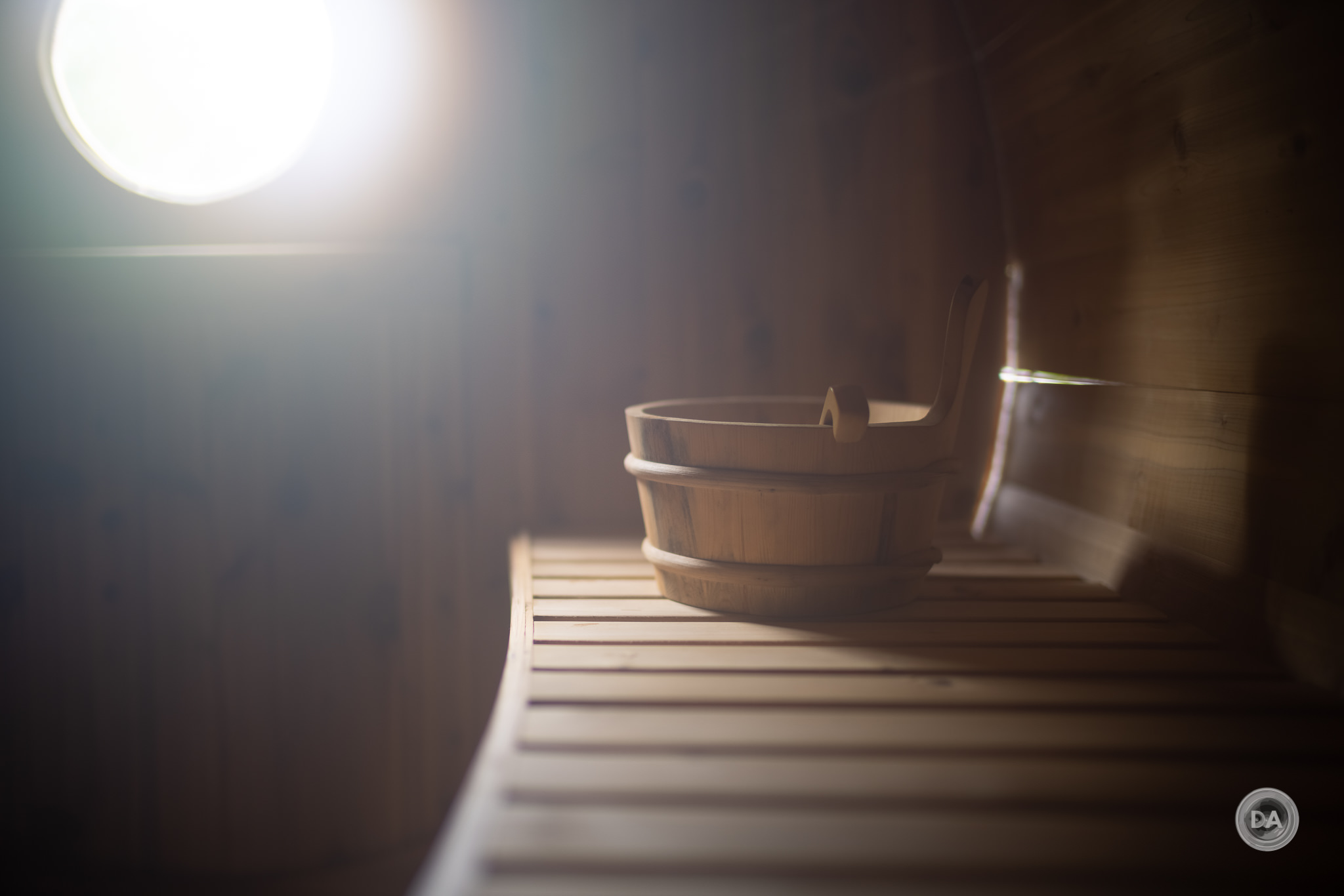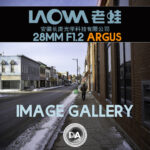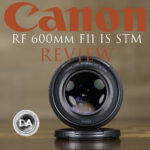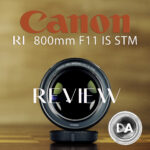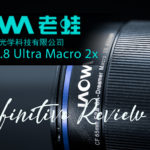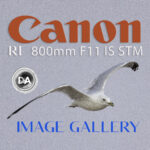Lenses with huge maximum apertures have become a little more common in recent years as newer technologies paired with a little more room for experimentation due to the proliferation of mirrorless cameras. Mirrorless cameras have proven to be more accessible to third party brands (particularly those that produce manual focus lenses) and also have many more manual focus aids. Typically, however, those massive maximum apertures are found on APS-C lenses, where the smaller sensor and image circle is easier to engineer for. Laowa has already gone there on APS-C with the Laowa 33mm F0.95 Argus APO lens. But now they have taken the big step and tackled a full frame massive aperture 35mm lens – the Laowa 35mm F0.95 Argus (which we’ll call the Argus 35 for brevity). *The tests and the photos shown in this review have been taken on a 45 MP Canon EOS R5.
This is a huge engineering challenge. Developing a functional lens with this large of a maximum aperture is incredibly difficult. I once had a chance to review the extremely rare and expensive Canon EF 50mm F1.0L, one of the few autofocusing lenses with a maximum aperture that large. While the technical accomplishment of that lens was impressive (and spawned the much more practical F1.2 50mm and 85mm lenses), the lens itself was not particularly practical, and, frankly, it was not an easy lens to use. It was more of a novelty to me. The Argus 35 has a larger aperture still, as F0.95 is about 1 and 1/6th stops faster than F1.4 (the typical large aperture for a professional 35mm lens). That means that this lens can let in more than twice as much light as, say, my Canon EF 35mm F1.4L II lens. On a practical level, that means that in a lighting situation where the Argus 35 requires a 1/100th shutter speed, an F1.4 lens would be close to 1/40th second. This could be significant in very low light situations. It also means that the Argus is going to be capable of some massive subject isolation when you’re close to your subject, like above. Depth of field is tiny!
This can also lead to some rather stunning subjective isolation even a little further away like in this shot, where the wide angle of view is also accompanied by only Loki’s head being in focus:
The Argus 35 is being released in Canon RF, Nikon Z, and Sony FE mounts. I requested a Canon RF mount loaner, mostly because Sony sees so many more releases and I needed a reason to use my lovely Canon EOS R5 for a change!
The challenge for Laowa is going to be whether they’ve managed to produce a lens with some practical value to potential customers, or simply a novelty. I’ll do my best to help you make that determination for yourself in this review. You can watch either my long format definitive or shorter standard video reviews…or just keep reading!
Follow Me @ Patreon | My Newsletter | Instagram | Facebook | DA Merchandise | Flickr | 500px
Thanks to Laowa for getting me a prerelease loaner of the lens. As always, this is a completely independent review.
Argus 35 Build, Handling, and Features
It really isn’t possible to build a full frame lens with an aperture this large and also get a small lens, though the Argus 35 isn’t impractically large. It is 76.8mm in diameter and 103mm in length, so roughly similar to the aforementioned Canon 35mm F1.4 lens. The Argus 35 is actually slightly smaller in size and even (surprisingly) 5g lighter at 755g. I say surprisingly because the Argus has Laowa’s typical heavy duty, all metal lens construction. Everything is a lot of metal and glass, giving it a beautiful, quality feel to it.
I’ve compared Laowa lenses to classic Zeiss lenses in construction, and that’s never been more apt than on this more premium Argus lens. Everything is beautifully made, up to and including the shallow metal lens hood that bayonets on the front.
The focus ring is made of ribbed metal and is perfectly damped, moving smoothly and precisely along its near 270° of rotation. That means there is a LOT of focus possibilities due to the shallow depth of field, but the beautiful manual focus action does allow you to focus with precision.
This is an all manual lens without any electronics, which does mean that both focus and aperture must be controlled manually. The aperture ring also moves smoothly, and you have the choice of using it “clicked” or “declicked”. There is a switch on the left side of the barrel that allows you to choose between the two. When “clicked”, you will feel light detents at the major aperture stops (F1.2, F1.4, F2, F2.8, etc…) This is the typical arrangement for photographers. In the “declicked” mode the aperture will smoothly move throughout its whole range without any stops. This allows for videographers to do aperture “racking” and is typically the preferred approach for videography.
In either case, the aperture is pretty awesome. It sports an incredibly high 15 blades, and does an amazing job of staying circular in shape as it is stopped down. It’s a treat to watch those blades open and close as you slide that aperture ring.
You can see the shape of bokeh highlights stays round as you stop the lens down from wide open to F1.4 to F2:
In some situations you will get a bit of a “swirl” effect to the bokeh due to the geometric deformation on the edges of the frame, but this is actually a fair popular effect.
With the aperture blades retracted, however, you can see a LOT of glass in the Argus 35:
As a fully manual lens, there are no switches or controls other than the rings and the aperture click control. The lens does have nicely etched distance markings along with a hyperfocal guide.
There isn’t anything like weather sealing, image stabilization, or any kind of electronics built into the lens. If you’re not familiar with how lenses like this work, they do function largely as normal save you have to control focus and aperture. The camera will still meter properly and takes photos as normal, though you will have to turn ON a setting in the camera to release the shutter without a lens attached. This seems counterintuitive, since a lens IS attached, but since there are no electronics, the camera doesn’t know a lens is there. What isn’t as normal, however, is that no electronic information is submitted to the camera, so the camera won’t know the focal length or lens designation nor the selected aperture for the shot. There will be no automatic distortion or vignette correction; this will all have to be dealt with in post. The EXIF data only contains what the camera provides, like ISO and shutter speed. If you have a camera with IBIS (in body image stabilization) you will have to manually set the focal length on the lens, but then the image stabilization will work normally.
The Argus 35 feels dense and well made (Laowa can be proud of the build quality), though I would like to see some further progression by Laowa on both the electronics side along with some weather sealing on these premium lenses. The Laowa 35mm F0.95 Argus is priced at $899 USD, which is fairly reasonable for a premium lens with such a large maximum aperture, but it’s also far from an inexpensive lens, too. I want to see Laowa go to the next level of lens development, as I know they are capable of it.
Argus 35 Optical Performance
As I noted in the introduction, developing an F0.95 lens for full frame is a big achievement for any company. As you increase the maximum aperture size you all also increase the risk of many optical aberrations. The most typical are low contrast, high chromatic aberrations, heavy vignette, and being extremely flare prone. You can pretty much guarantee that all of these will happen to some degree; the question is how much these aberrations can be minimized. All of these were present in the Canon EF F1.0L lens that I tested. Some of these aberrations can be part of the “look” or charm of the rendering from the lens, so we’ll try not to get lost in the technical weeds here. It might be sufficed to say that the Argus 35 is capable of producing a lot of different kinds of images.
The optical formula is 14 elements in 9 groups, including 1 Aspherical Lens, 1 ED glass element, and 4 UHR elements. A quick look at the MTF shows a small sweet spot of high sharpness and contrast in the middle of the frame with a rapid dip towards the mid-frame and slide into fairly low sharpness and contrast in the corners of the frame at F0.95:
That is particularly true on a higher resolution body like my EOS R5 (45MP). You will see a performance somewhere between the blue and red lines on a lower resolution body like the R6 or similar camera on Sony/Nikon.
The Argus 35 showed some fairly typical Laowa optical flaws along with some of the Laowa strengths (this is the 9th Laowa review I’ve done, so I’m pretty familiar with their optical designs). One of each shows up in our distortion and vignette test:
Vignette is one of those Laowa weaknesses, and it is very evident here. I had to max out the vignette correction slider to achieve the result on the right above. A typical Laowa strength is low distortion, and that’s true here. I needed only a -4 to correct a mild amount of pincushion distortion. The vignette is going to be factor, though, even at smaller apertures. I went out on a foggy morning to shoot with the lens, and got some very obvious vignette in the corners because the foggy morning produced something akin to white in the top portion of the image.
I’ve found Laowa lenses aren’t my favorite in winter, either, for similar reasons.
Even at smaller landscape apertures I could still see some vignette effects:
Like many Zeiss lenses, this can be part of the overall look of the images, however. A feature rather than a bug, so to speak. In some images the heavy vignette really draws your eye towards the center of the frame, though this obviously works best with a center composition.
Heavy vignette is one of the expected optical weaknesses of a large aperture lens, and it is on full display here.
How about chromatic aberrations? I actually didn’t often see real world chromatic aberrations in any kind of pronounced way, though you can certainly see some longitudinal chromatic aberrations in this shot:
But in most of my nature type shots, I saw fairly minimal LoCA, certainly not enough to ruin images:
Lateral CA (LaCA) is even better controlled, with nice, crisp transitions from black to white on the edges of the frame on my test chart.
What I did see, however, was some surface or spherical aberrations that have the primary effect of reducing contrast at large apertures. This is very common for ultra-wide aperture lenses, and will be pretty obvious on our sharpness and contrast chart tests. Here’s a look at that chart for reference:
If we look at crops at F0.95 from across the frame, we see the kind of pattern suggested by the MTF charts. The center is quite good, with very usable resolution and contrast, but there is a steep drop-off to the midframe and the corners are softer still.
A real world F0.95 shot shows the lower contrast but also that there is some usable resolution in the center of the frame.
Laowa did tell me that the lens is optimized for one meter to infinity, and that close up results would be softer, which I found to be true. That’s slightly unfortunate for my style of photography, as I love using a 35mm close up. Close up is not really a strength for the Argus 35 in general, however, as it can only focus as close half a meter (50cm) and has a rather low 0.1ox magnification, which is half (or less) what is common for 35mm lenses. Here’s what that magnification looks like, and you can probably also see that contrast is lower still at this focus distance.
The amazing subject isolation can still make for some very interesting images at closer distances:
Stopping down to F1.4 increases resolution and contrast in the center and moving out a bit quickly, though the edges and corners remain soft:
The midframe is excellent by F2.8:
…while the corners take until about F4 before reaching peak sharpness:
By landscape apertures (F5.6-8), the lens is sharp across the frame, resolving fine details in a beautiful fashion:
In some ways the lens reminds me a lot of the Voigtländer 40mm F1.2 that I tested on Sony. It follows a similar pattern of lower contrast results at wide apertures but becomes very crisp at smaller apertures. The Argus 35 is capable of producing some lovely landscape images, like this:
I noted another Laowa trend, and that is that colors are not extremely saturated. They are a bit muted out of camera, though one can always process to taste:
This will work fine for those that like to edit to a certain “look” anyway (particularly a lower contrast look), as I find the images naturally take to presets like Lightroom/ACR’s “Warm Contrast” creative look:
One of the best applications for the Laowa 35mm F0.95 Argus is to allow the lens to produce that lovely subject isolation. Even if you stop down a bit (this image is F2, I believe), you keep a really shallow depth of field along with a nice three-dimensional pop to your subject:
Here’s another image that combines that 3D subject isolation with one of those trendy filters to nice effect:
This is obviously a lens capable of producing a great amount of bokeh, and so dreamy, artsy shots are easy to get with it:
I also think that this is a lens that has a lot of appeal for video work. The wonderful manual focus ring allows for excellent focus pulls, and the declicked aperture option allows for aperture racking. You can really go for some shallow depth of field looks, and so that is obviously really intriguing.
Don’t hesitate to shoot through foreground objects, too, as the very shallow depth of field allows you to create unique, natural framing around your subjects, like I’ve done by shooting through this tree:
This is the kind of lens that opens up a lot of creative options for the right kind of photographer.
There’s one final area of weakness to cover, however, and that is that (unsurprisingly), the lens is a bit flare-prone. The lens hood is very shallow, and that’s a LOT of glass for the sun to be hitting and bouncing around in. I found that the severity of the flare effects depended a lot on how I composed the shot, but, at its worst, I saw a lot of veiling (loss of contrast) and some ghosting artifacts (blobs of color):
Compose carefully, however, and you might get some unique, artful images out of the lens in some flare situations.
Overall, the Laowa 35mm F0.95 Argus is about what I expected – optically nuanced. This is not a highly corrected lens without any optical flaws, but the byproduct is that it is also a lens with a lot of character…the kind of character that certain photographers will love becomes it feels vintage and analog rather than modern and clinical. Beauty is in the eye of the beholder, and I hope this section has helped you determine your own feelings about the optical performance of the lens. Feel free to check out more images by visiting the image gallery here.
Conclusion
The Laowa 35mm F0.95 Argus is not a lens for everyone. We knew that from the outset, however, because it is a manual everything lens. The huge maximum aperture will be the headline getter, however, and I expect there will be some definitely interest in the lens due to that. Add to this that there really isn’t a huge variety of native mount lenses available for Canon RF and Nikon Z (Sony FE is well covered at this point), and I suspect there will be some interested parties. This is a lens designed for a certain kind of photographer. That photographer tends to be creative and deliberate, one who treasures unique rendering over technical perfection and who isn’t afraid to move a little slower in the capture process in order to get the right shot.
I love the 35mm focal length, so I do appreciate the creative options that the Argus 35 brings even despite some of its technical imperfections. I discovered when I did the Voigtländer Nokton 40mm F1.2 review that there are a lot of photographers who are more concerned with unique and beautiful rendering than just sharpness and contrast. We need lens choices that service unique kinds of photographers, and I think that the Argus 35 does just that. It can do a bit of the conventional at smaller apertures, like this:
But can also create the shallow depth of field, more artsy shots that some photographers love:
If the Laowa 35mm F0.95 isn’t for you, that’s perfectly okay. No lens with a massive aperture like this is going to be mainstream because, frankly, it takes more skill to use, and that’s doubly true when you are talking about a fully manual lens. But I am convinced that there is an audience for this lens, one that (for once) looked at the extreme wide aperture options that have become available for APS-C and wished that one for full frame would become available. That lens is here, and while the price tag of roughly $900 USD isn’t cheap, it is also not ridiculous for a beautifully made lens like this one. Laowa has always been a company willing to take chances, and here’s hoping this latest wild imagining pays dividends for them.
Pros:
- Gorgeous build quality and design
- Metal everything
- Fantastic focus ring – buttery smooth
- Choice of either clicked or declicked aperture
- Massive, massive maximum aperture
- Fabulous amounts of bokeh…with character
- Some vintage charm and quirks in rendering
- Low distortion
- Reasonable price
- Good video lens with creative options
Cons:
- Fairly low contrast and resolution at large apertures except center of frame
- Low magnification and poor performance up close
- Somewhat flare prone
- Very heavy vignette that lingers even at smaller apertures
- Colors a little muted
Gear Used:
Purchase a Laowa 35mm F0.95 Argus @ B&H Photo | Amazon | Camera Canada | Laowa | Amplis Foto | Amazon Canada | Amazon UK | Amazon Germany
Purchase a Canon EOS R6 @ B&H Photo | Amazon | Camera Canada | Amazon Canada | Amazon UK | Amazon Germany | Ebay
Purchase a Canon EOS R5 @ B&H Photo | Amazon | Camera Canada | Amazon Canada | Amazon UK | Amazon Germany | Ebay
Purchase the Sony Alpha 1 @ Camera Canada | B&H Photo | Amazon | Amazon Canada | Amazon UK | Amazon Germany | Ebay
Purchase a Sony a9M2 @ B&H Photo | Amazon | Camera Canada | Amazon Canada | Amazon UK | Amazon Germany | Ebay
Sony a9 Camera: B&H Photo | Amazon | Camera Canada | Amazon Canada | Amazon UK | Amazon Germany | Ebay
Sony a7RIV Camera: B&H Photo | Amazon | Camera Canada | Amazon Canada | Amazon UK | Amazon Germany | Ebay
Buy DA Merchandise https://bit.ly/TWIMerch
Purchase a Sony a7C @ B&H Photo | Amazon | Camera Canada | Amazon Canada | Amazon UK | Amazon Germany | Ebay
Peak Design Leash Strap: Peak Design Store | B&H Photo | Amazon | Amazon Canada | Amazon UK
Adobe Photoshop Creative Cloud 1-Year Subscription
Exposure Software X6 (Use Code “dustinabbott” to get 10% anything and everything)
Visit Dustin’s Amazon Storefront and see his favorite gear

Purchasing your gear through B&H and these links helps fund this website and keeps the articles coming. You can also make a donation here if you would like. Visit my Amazon page for some of my gear of choice! Thank you for your support.
Great News! I can now offer a 5% discount on all purchases at Amplis Foto, Canada’s Leading Photographic Supplier. Please enter discount code: AMPLIS52018DA in your cart. It is good for everything in your cart, and is stackable with other coupons, too! It will take 5% off your entire order! Proceeds go towards keeping this site going and providing you with new reviews!
Check me out on: My Patreon | Sign Up for My Newsletter | Instagram | Facebook | Twitter | Flickr | 500px | Google+ |
Keywords: laowa 35mm, laowa 35mm F0.95, laowa 35mm F/0.95, laowa 35 argus, argus, 35mm, F0.95, F/0.95, laowa, laowa 35mm F0.95 review, laowa 35mm argus review, Review, Dustin Abbott, Portrait, Canon EOS R5, R5, R6, EOS R, Sony a7RIV, Sony Alpha 1, Sharpness, Resolution, Bokeh, Video Test, Sample Images, Real World


